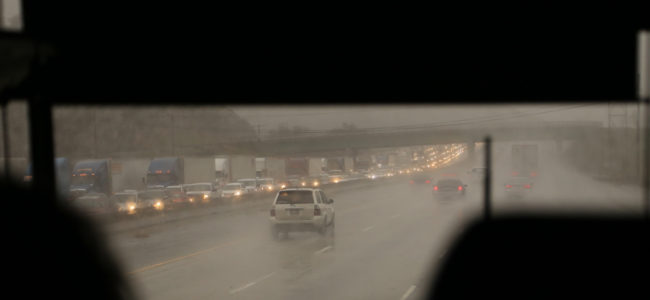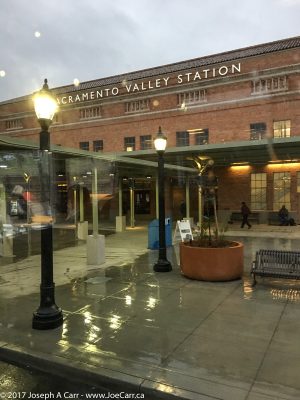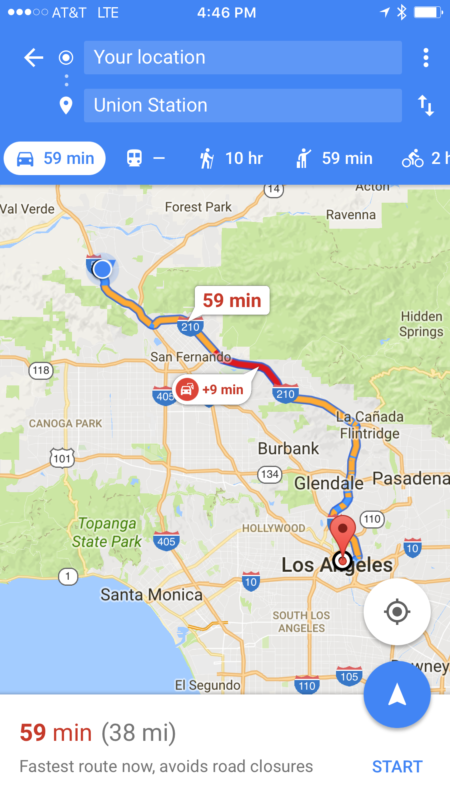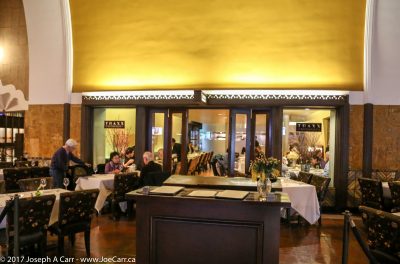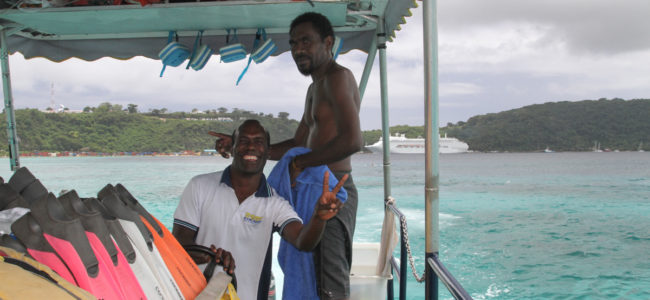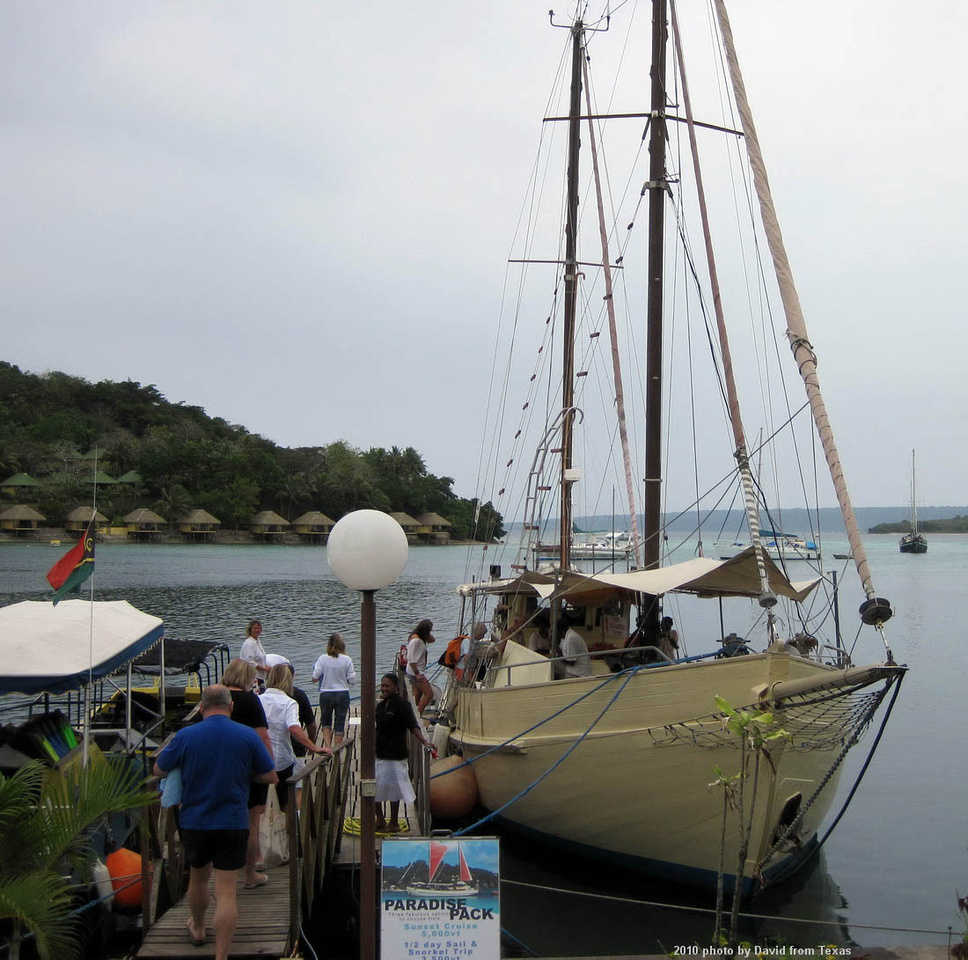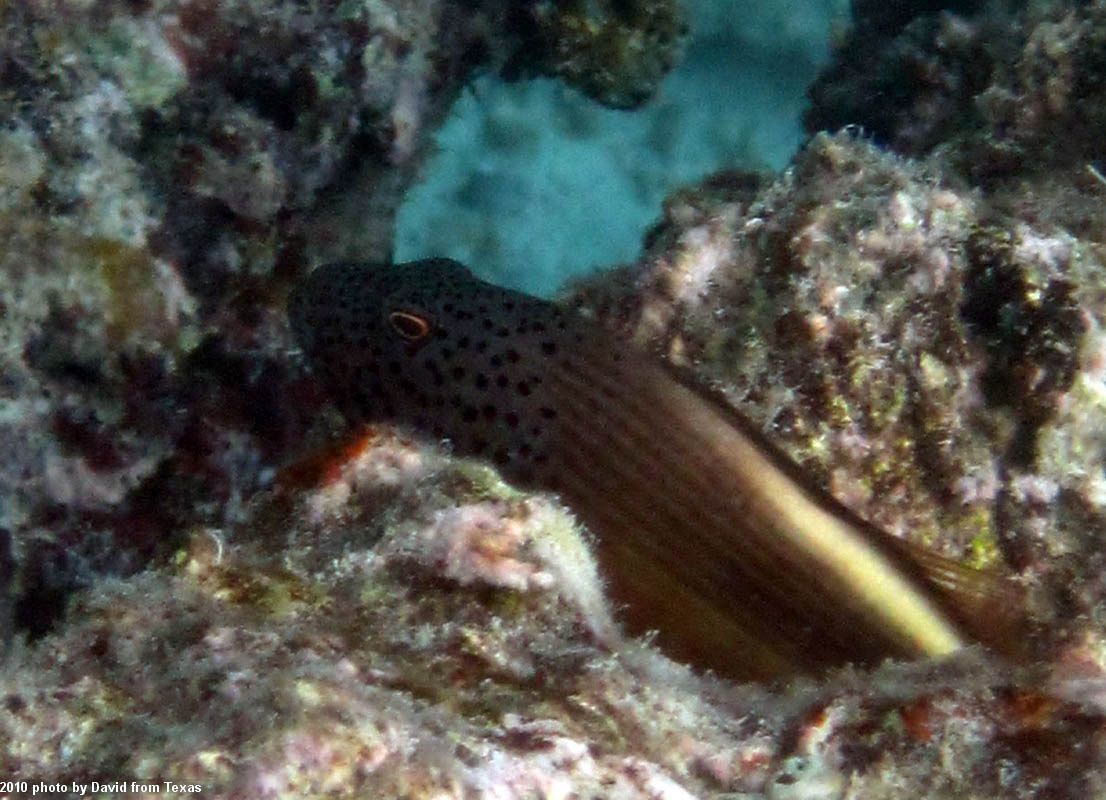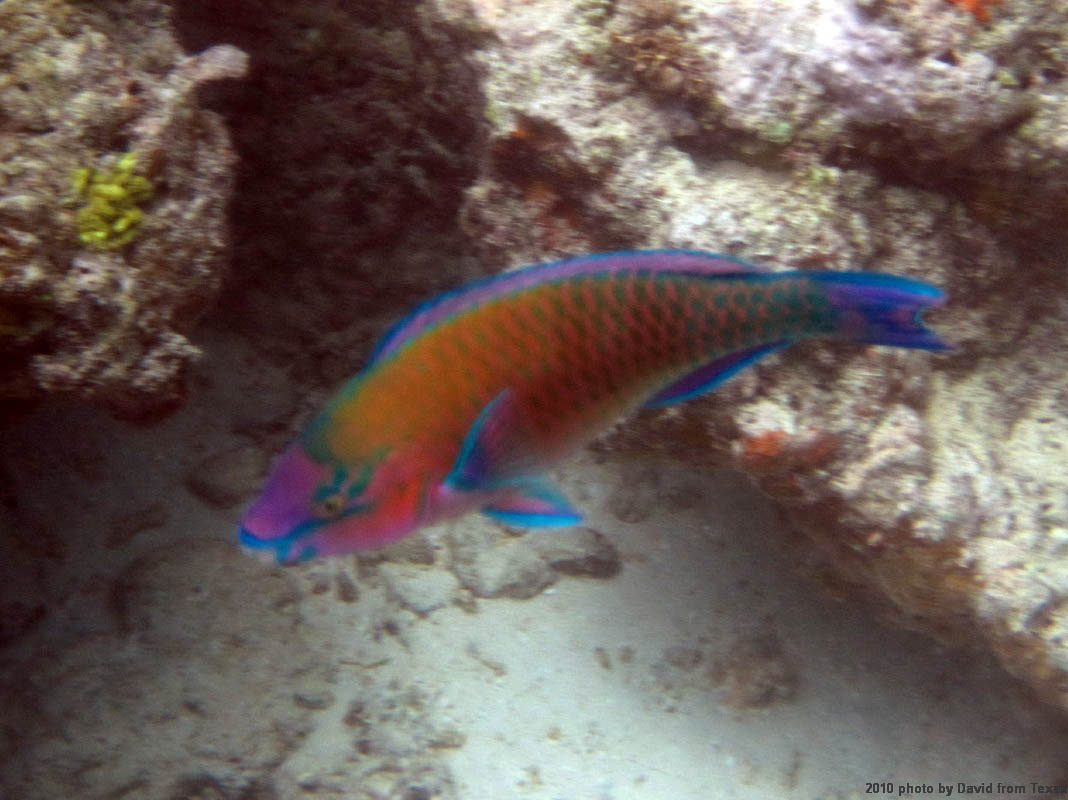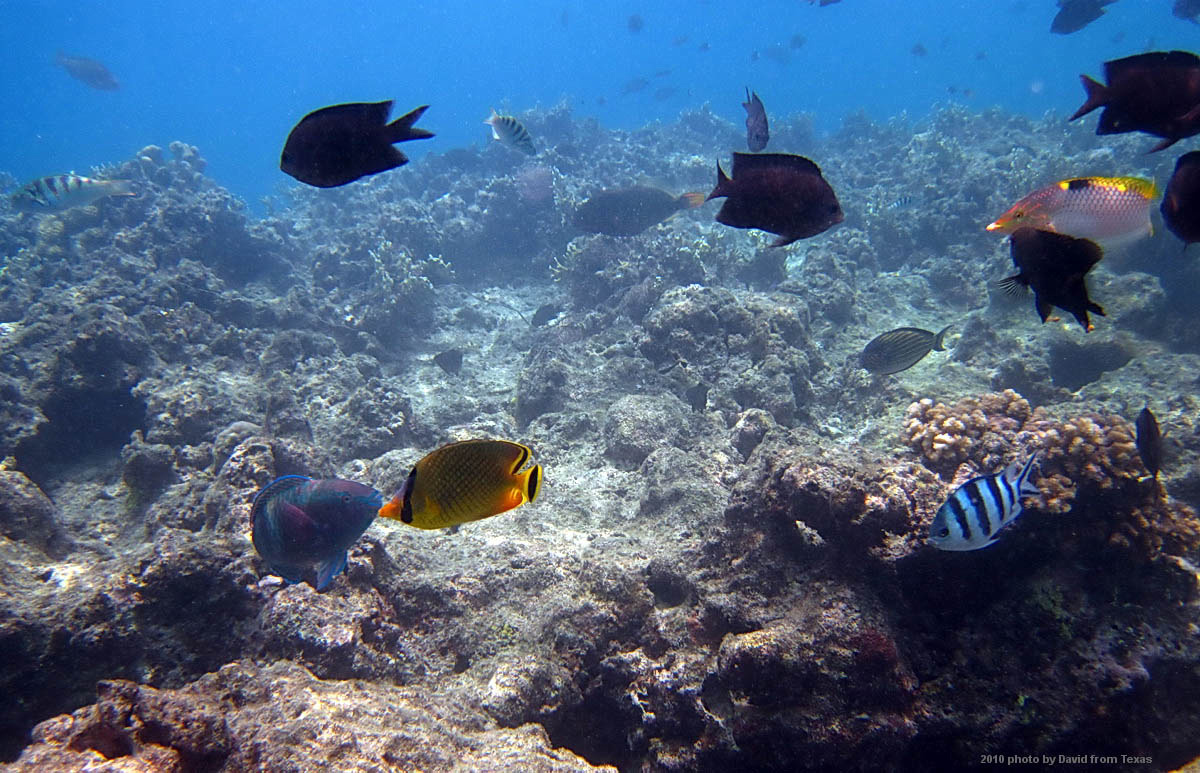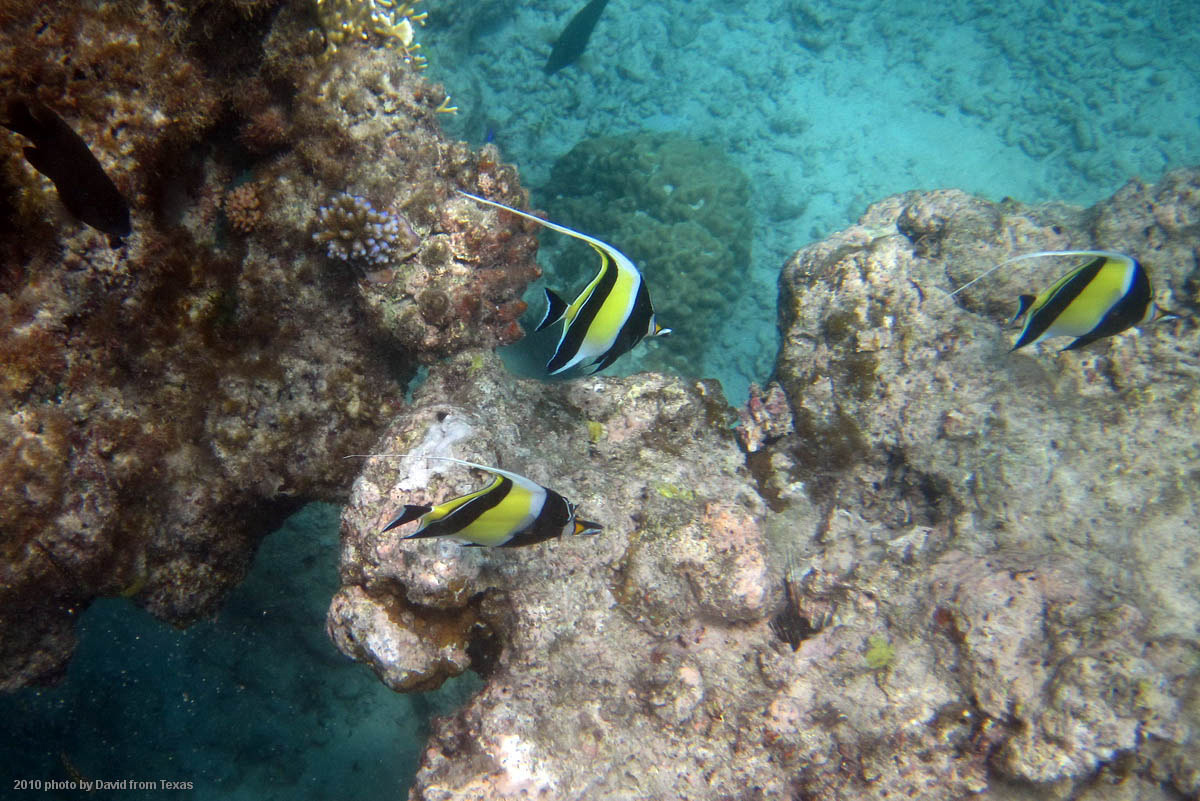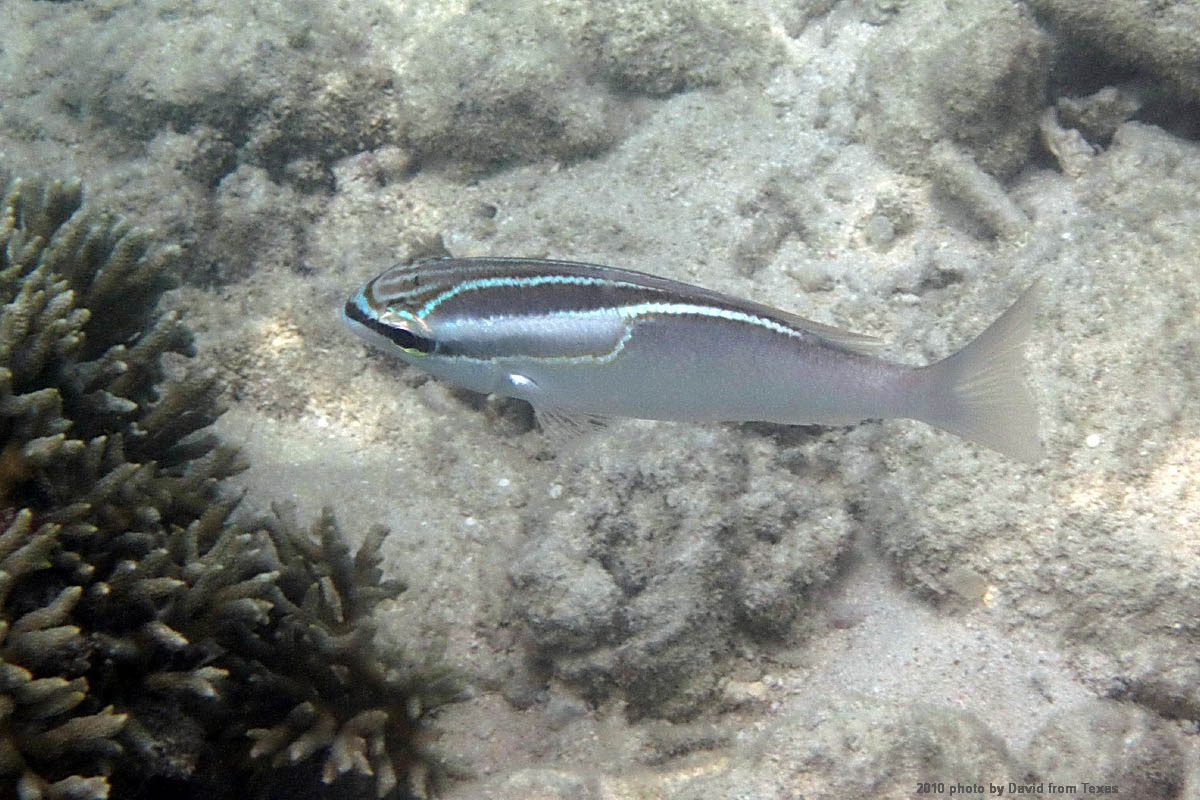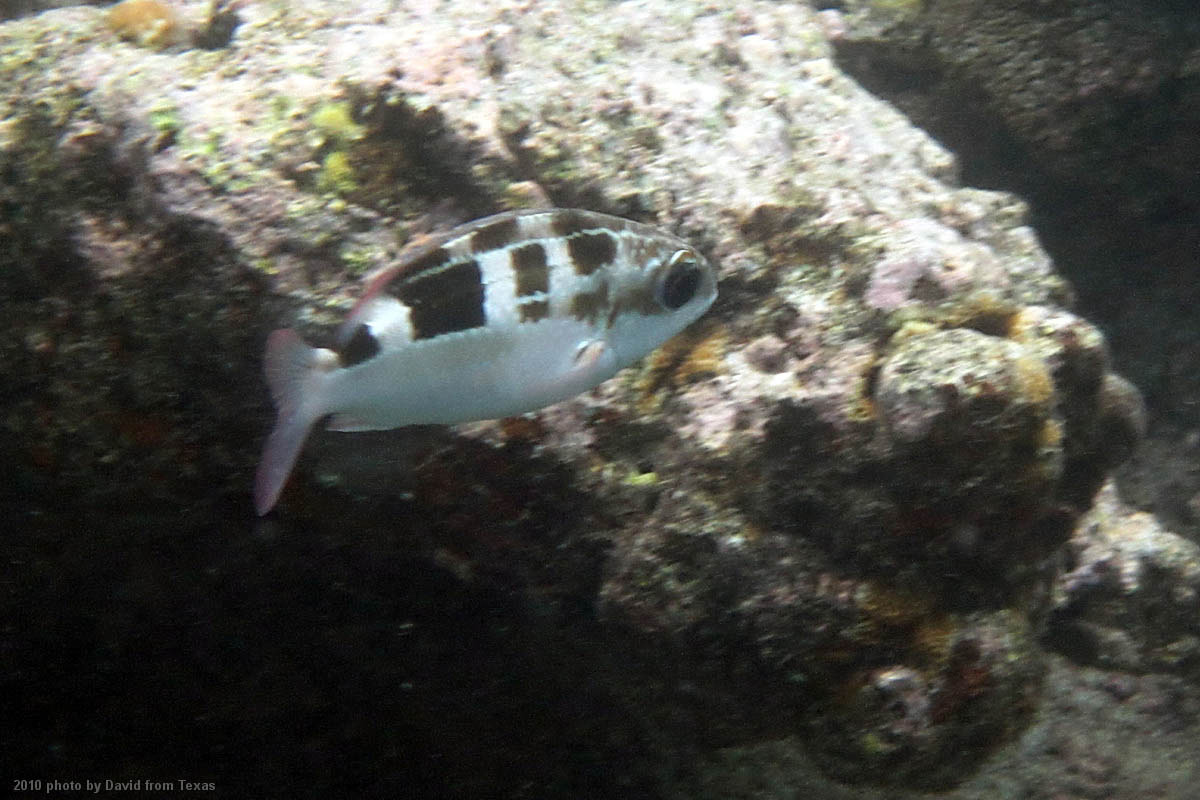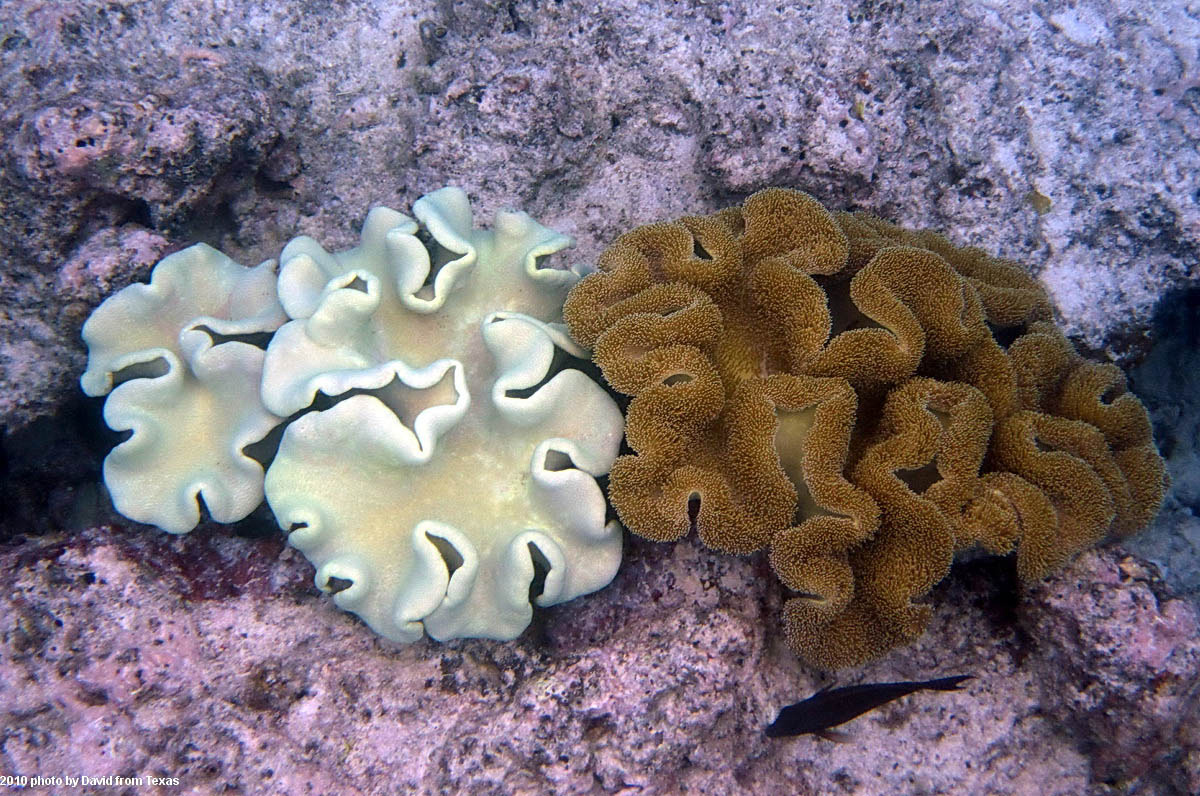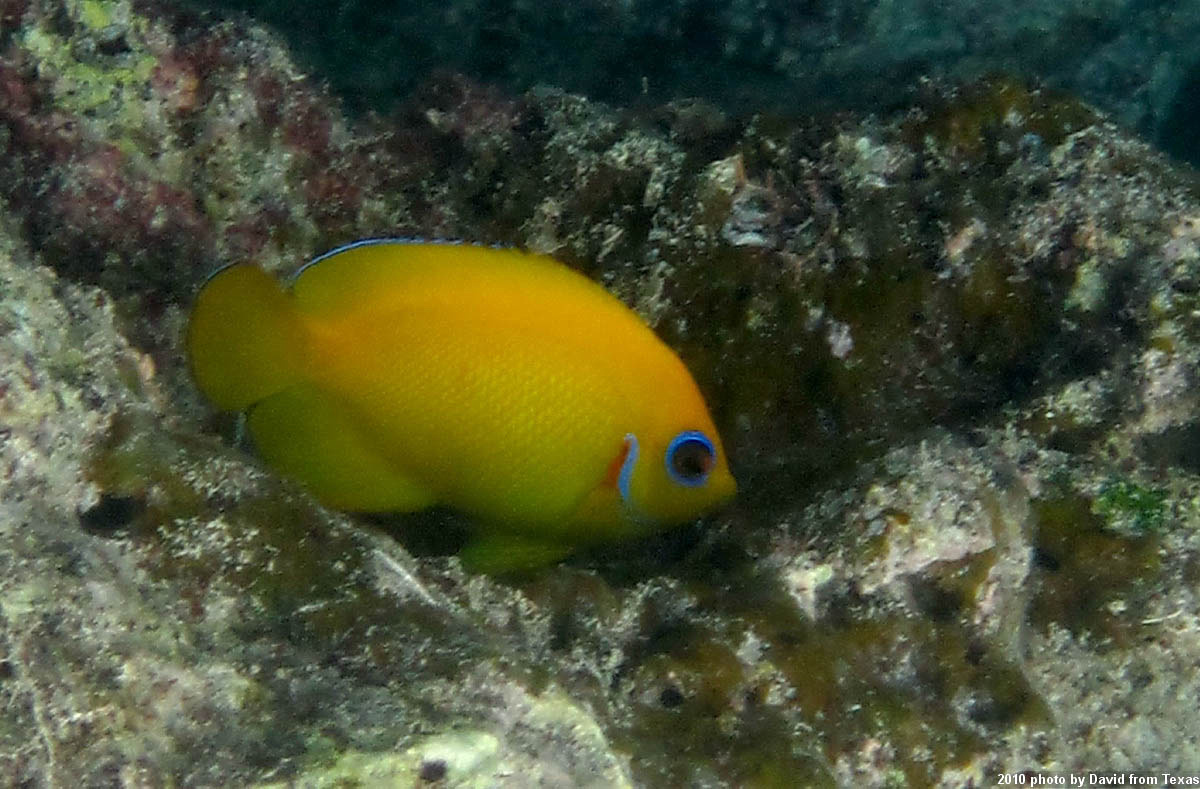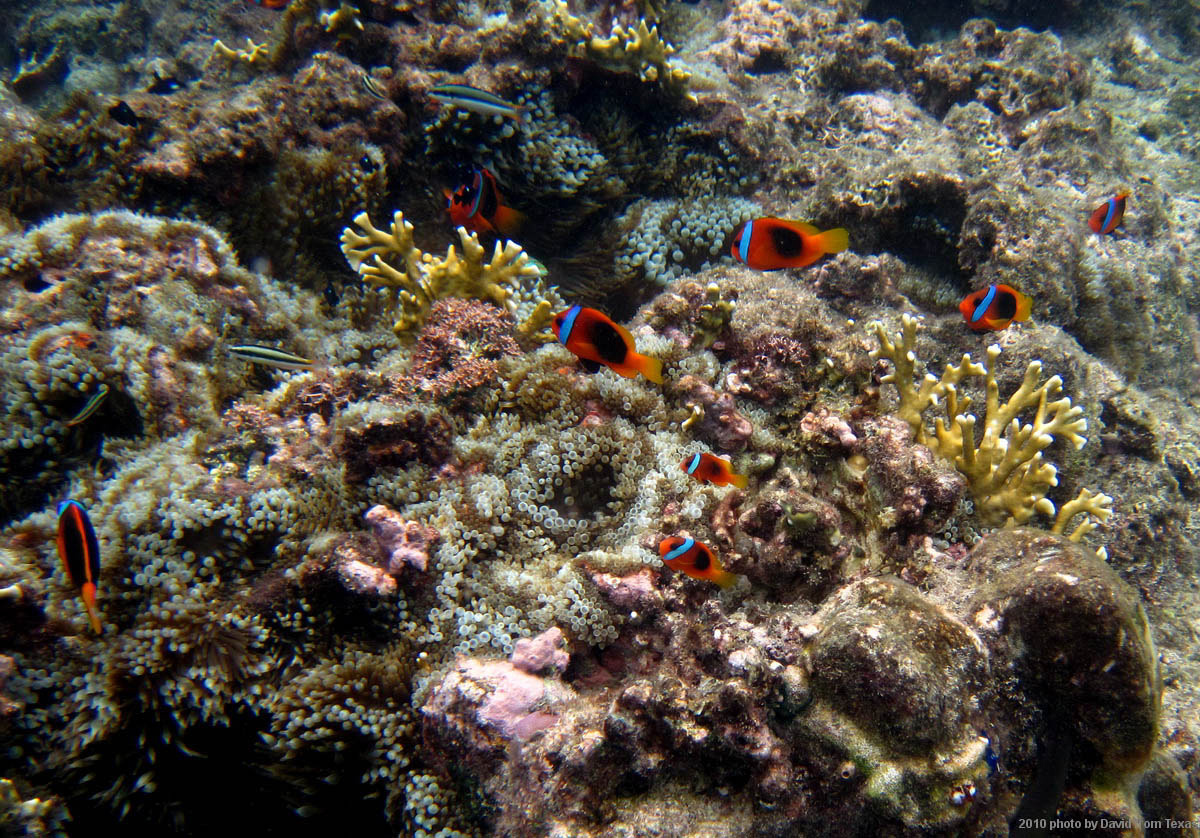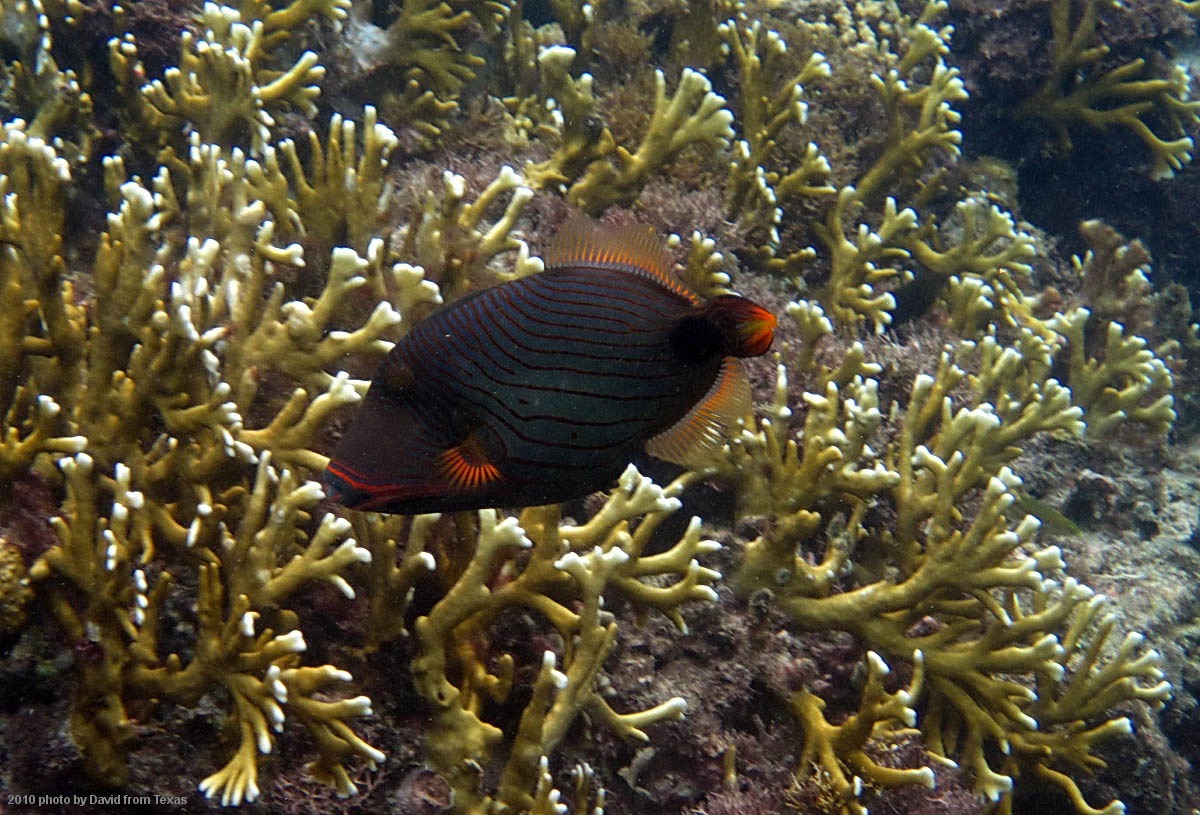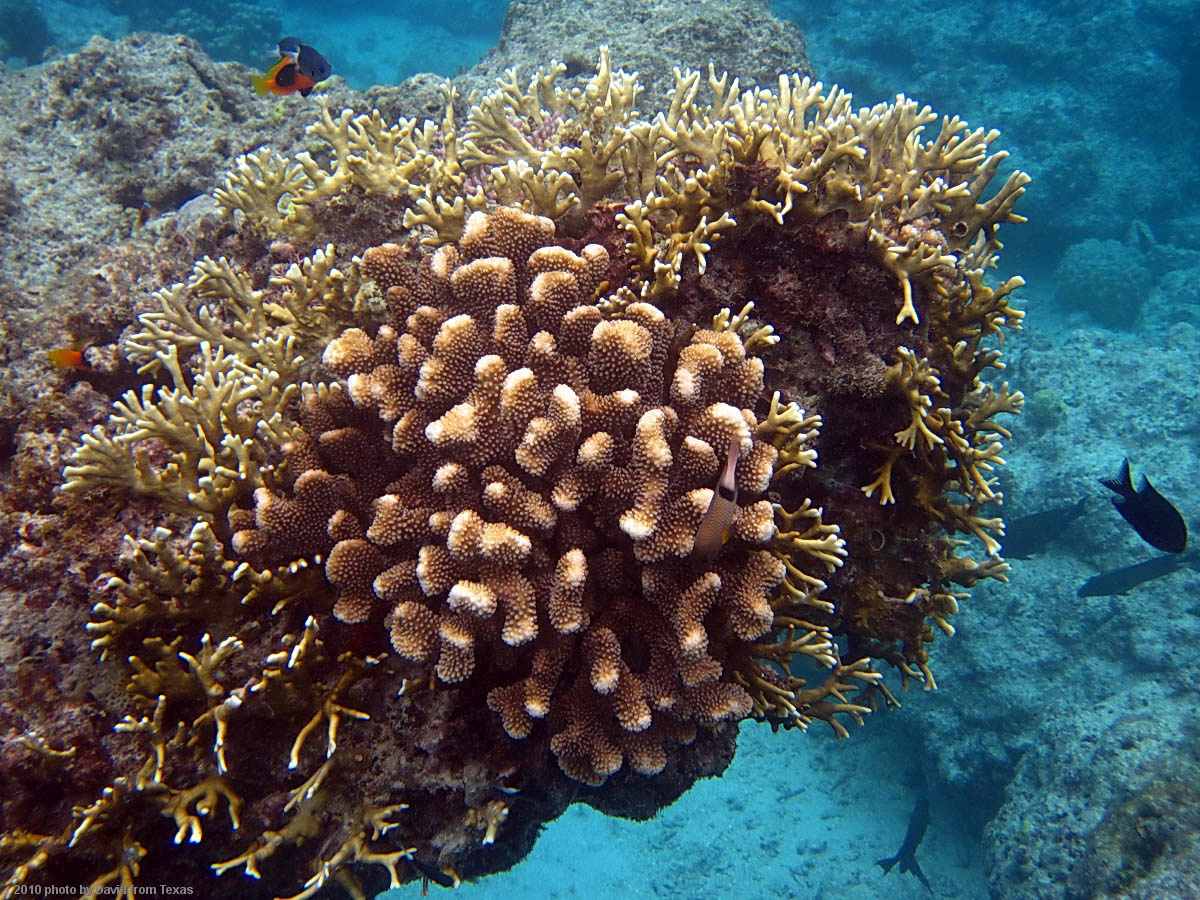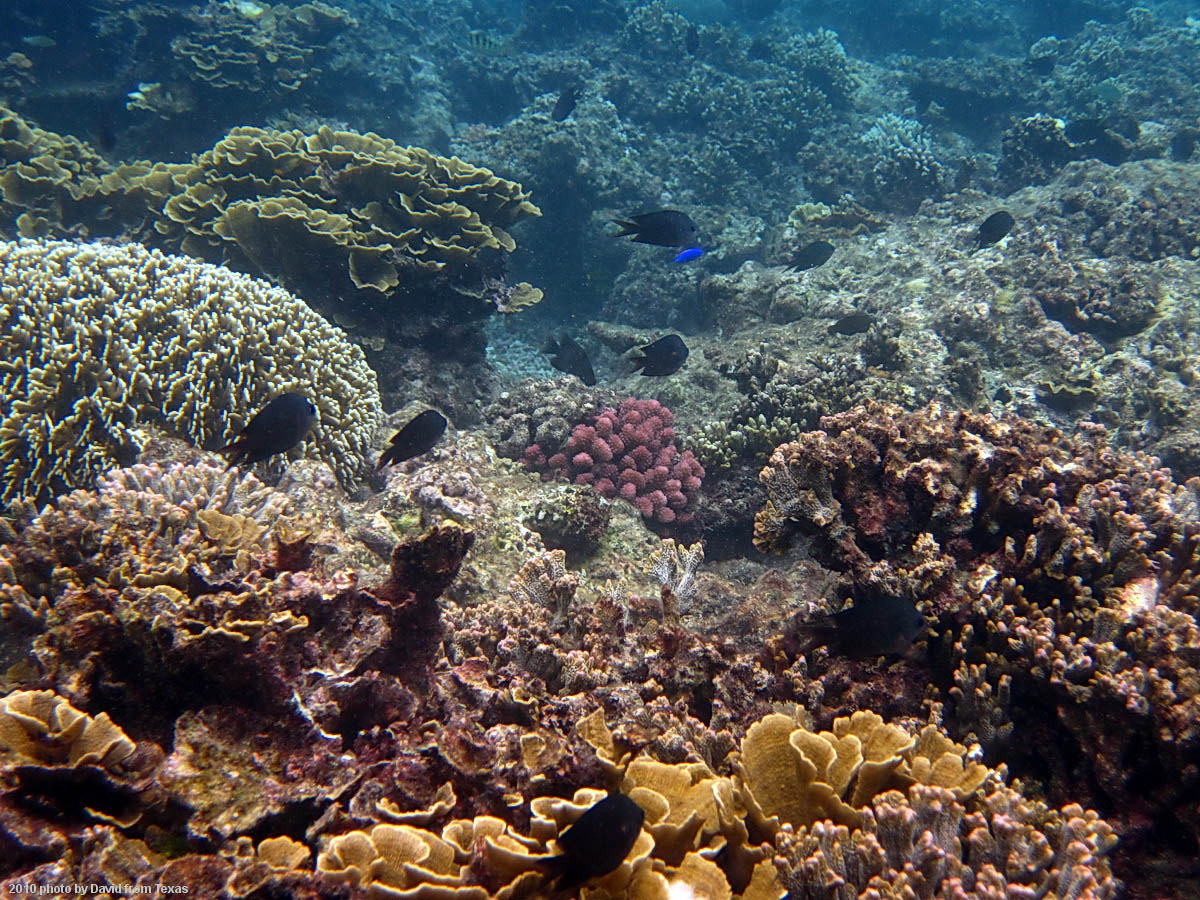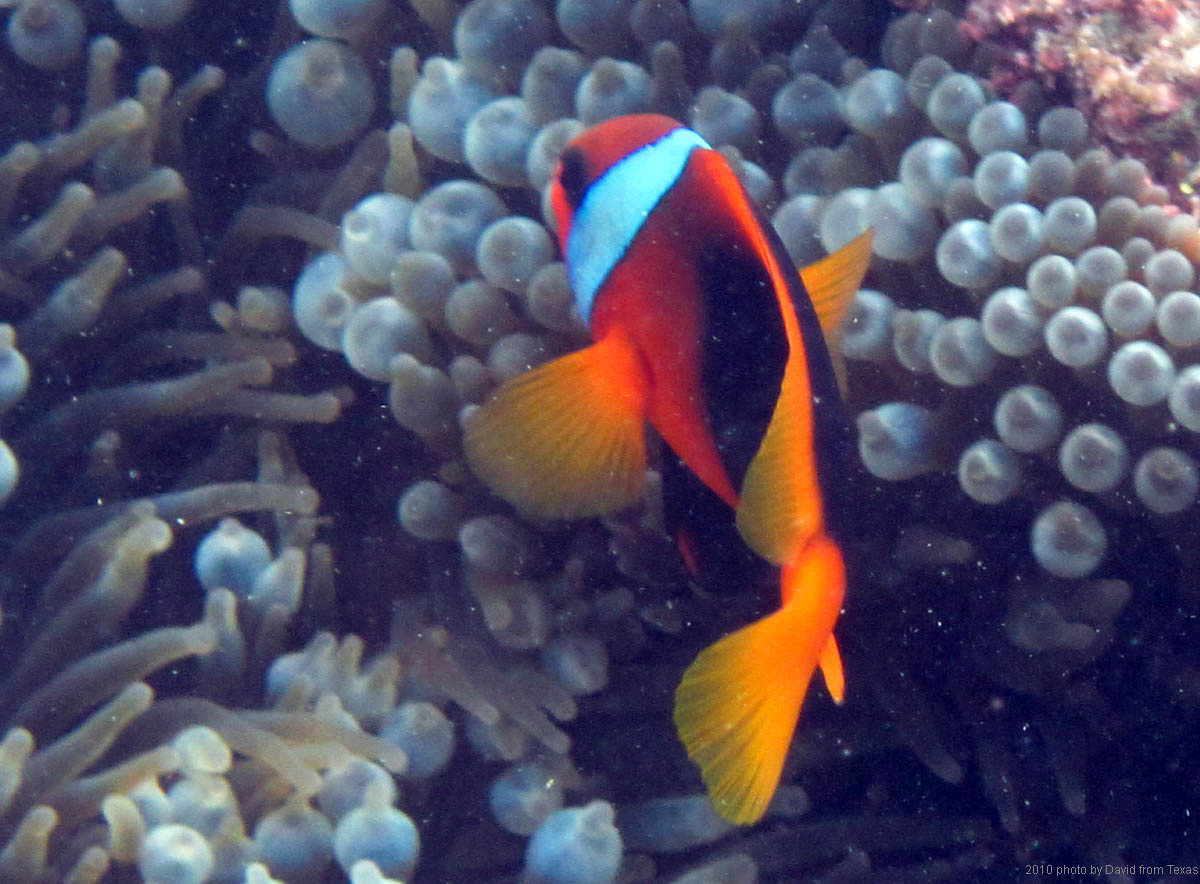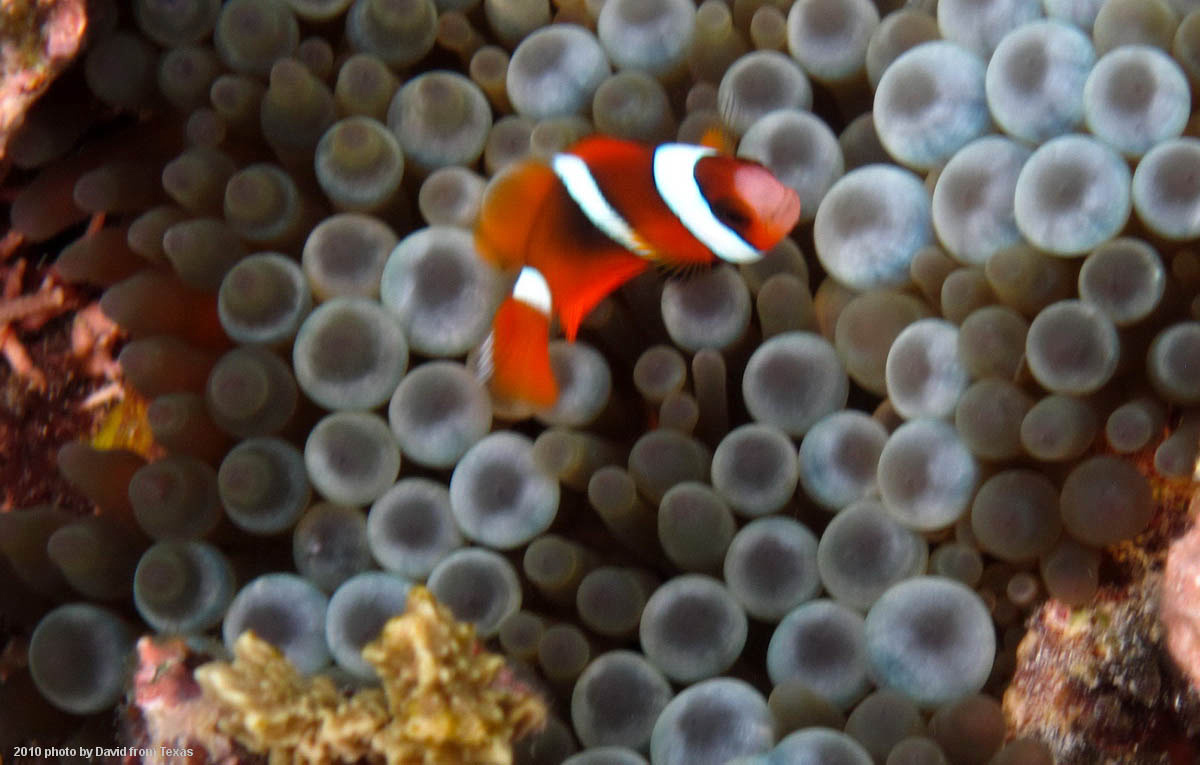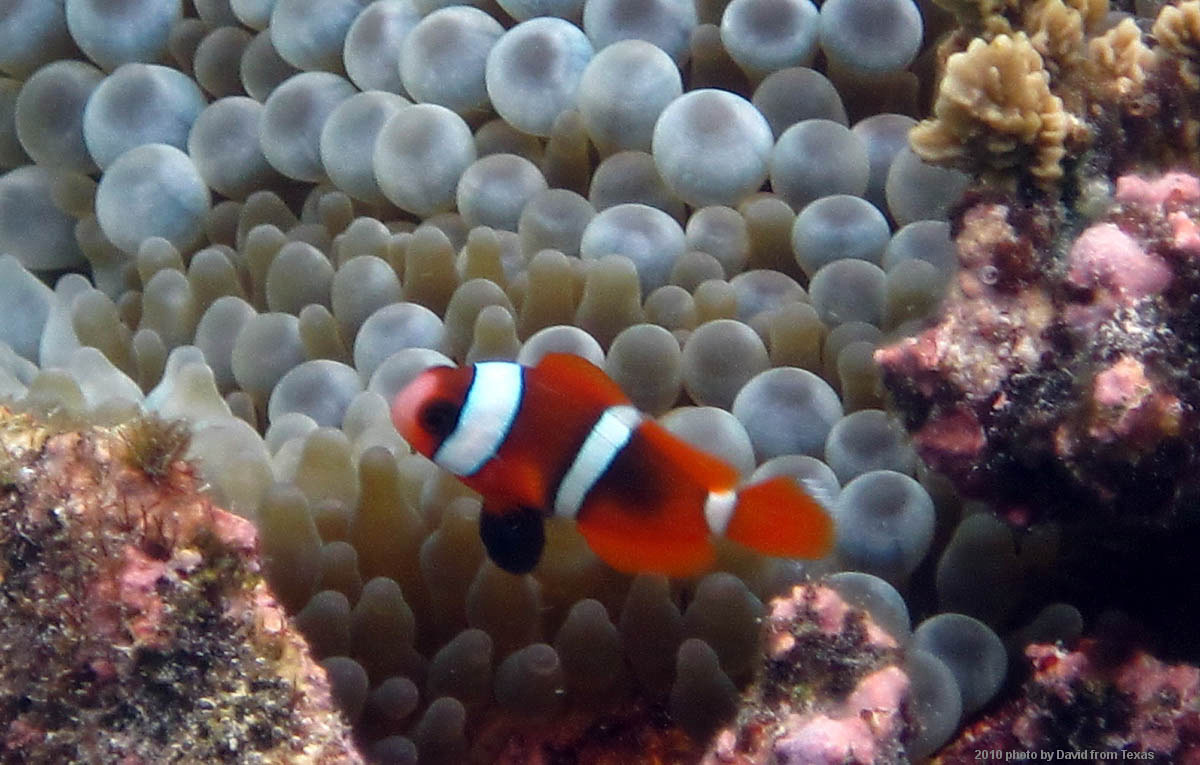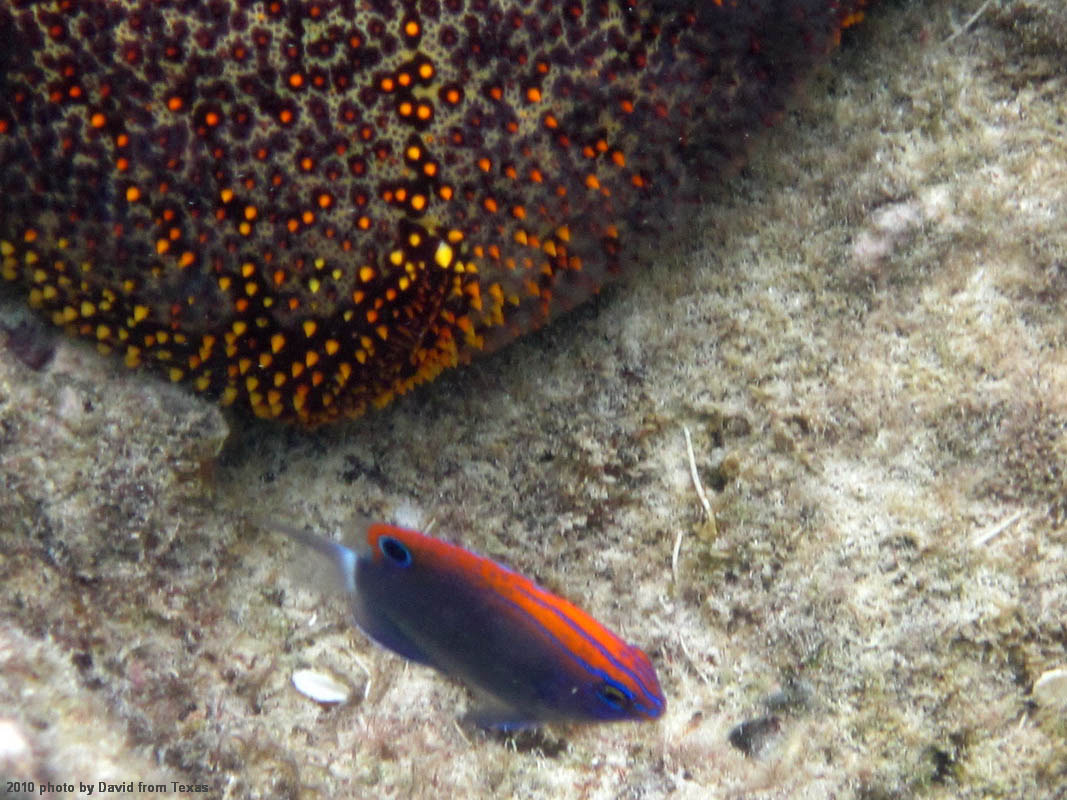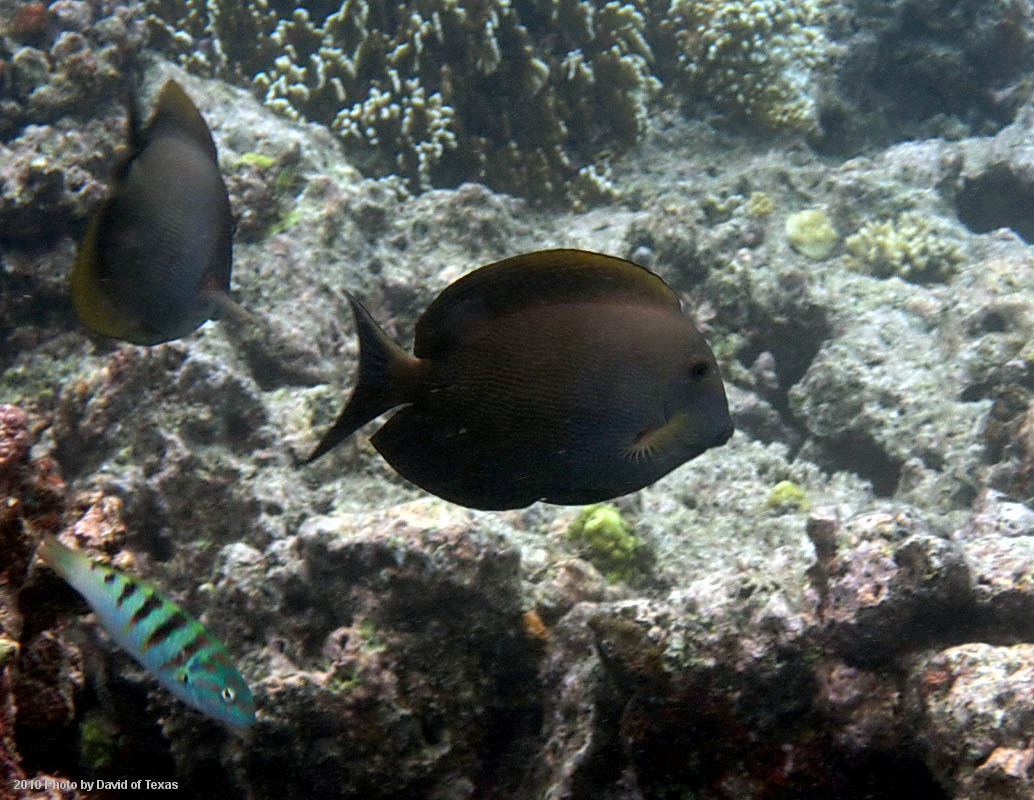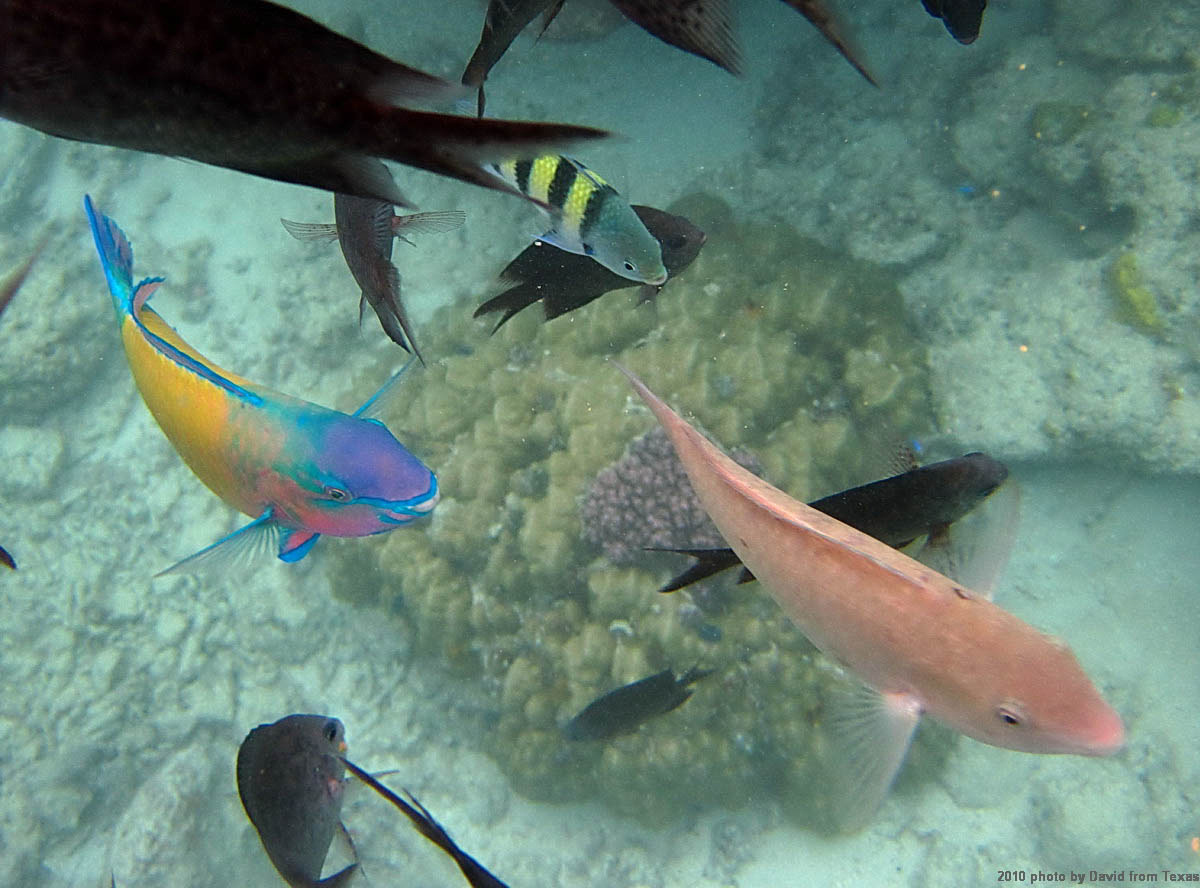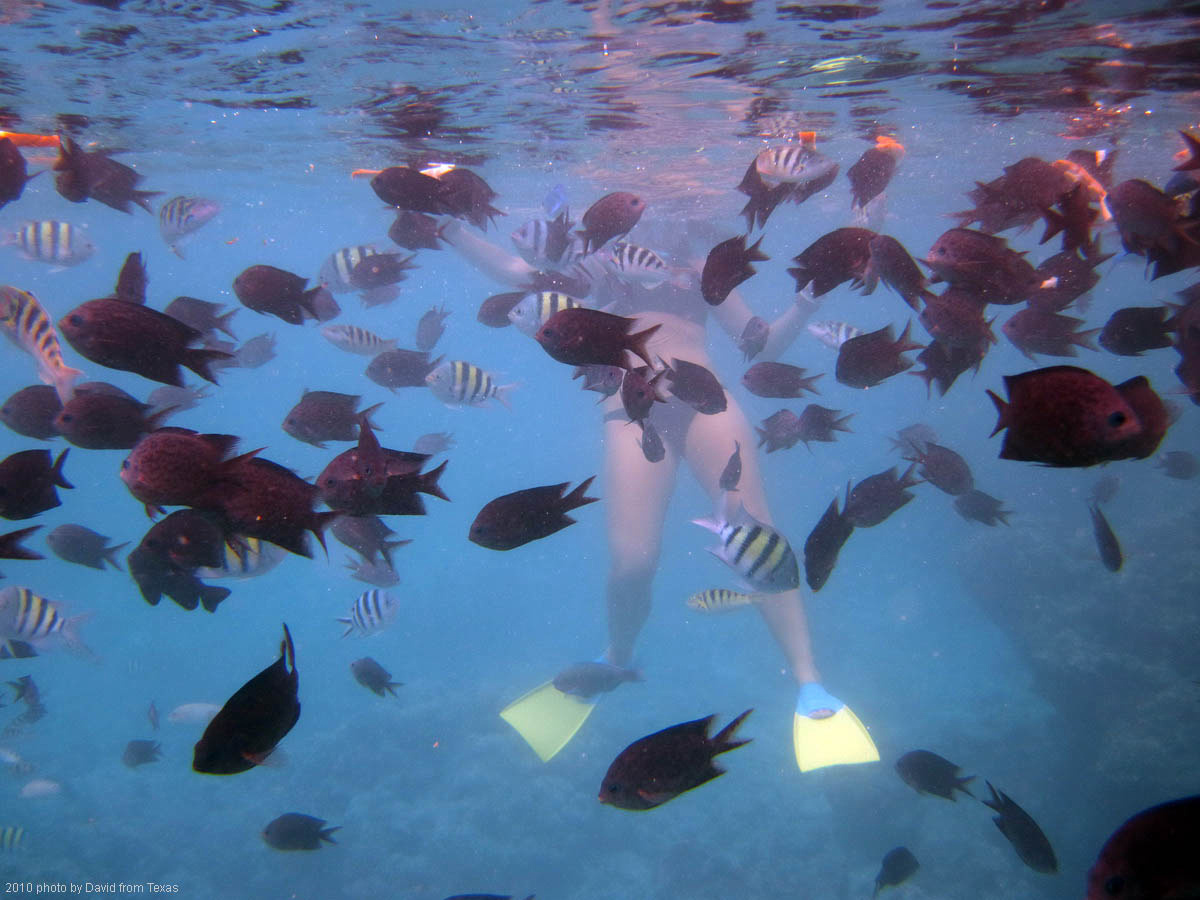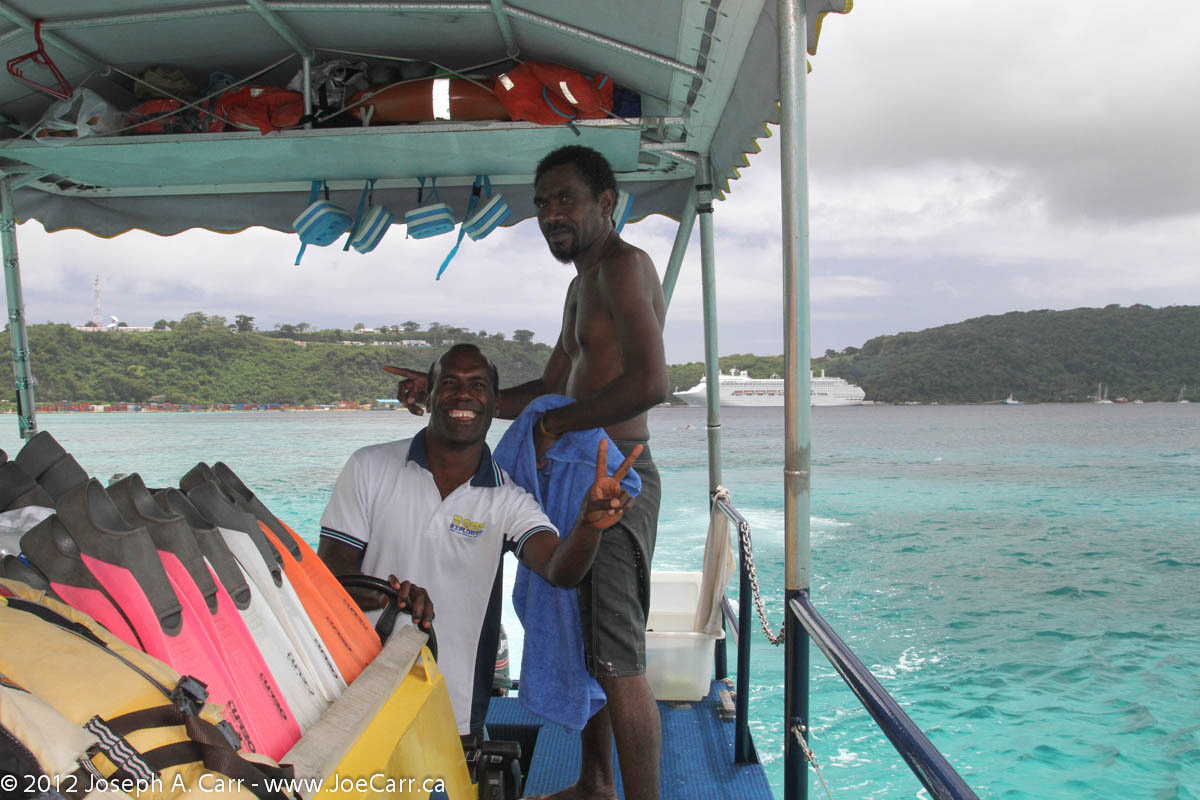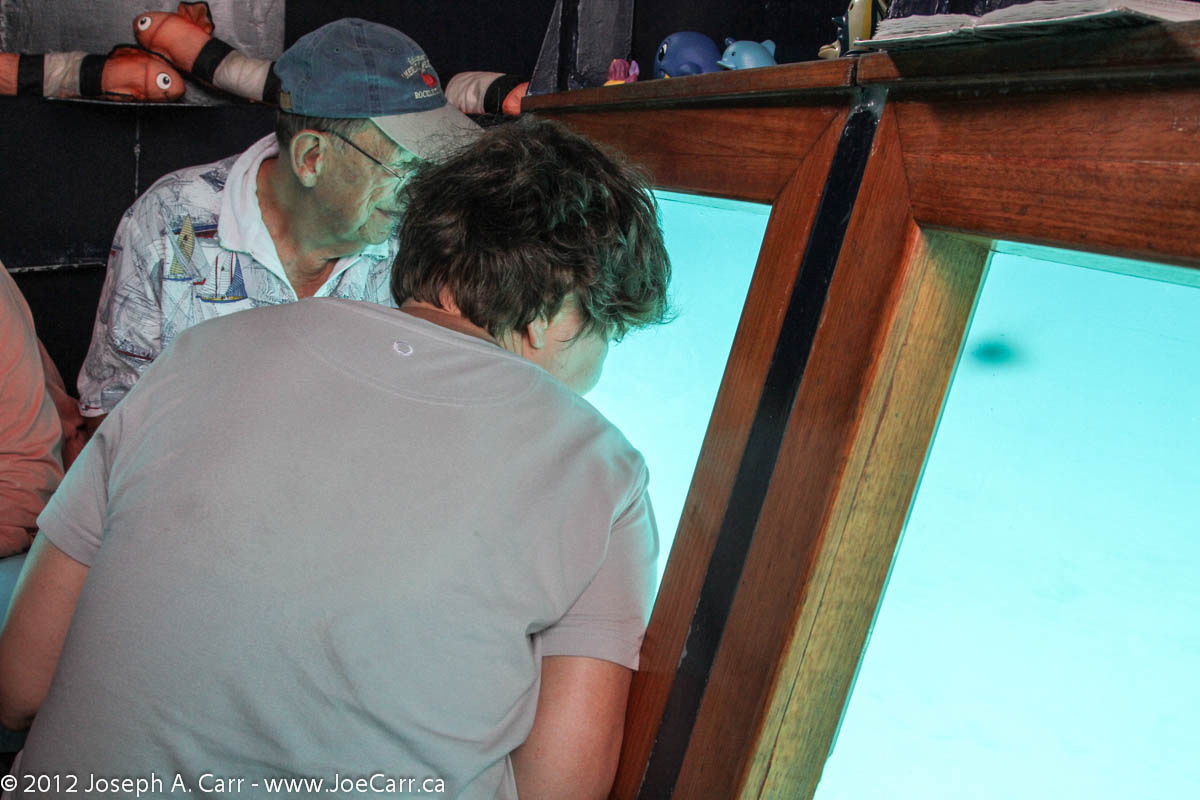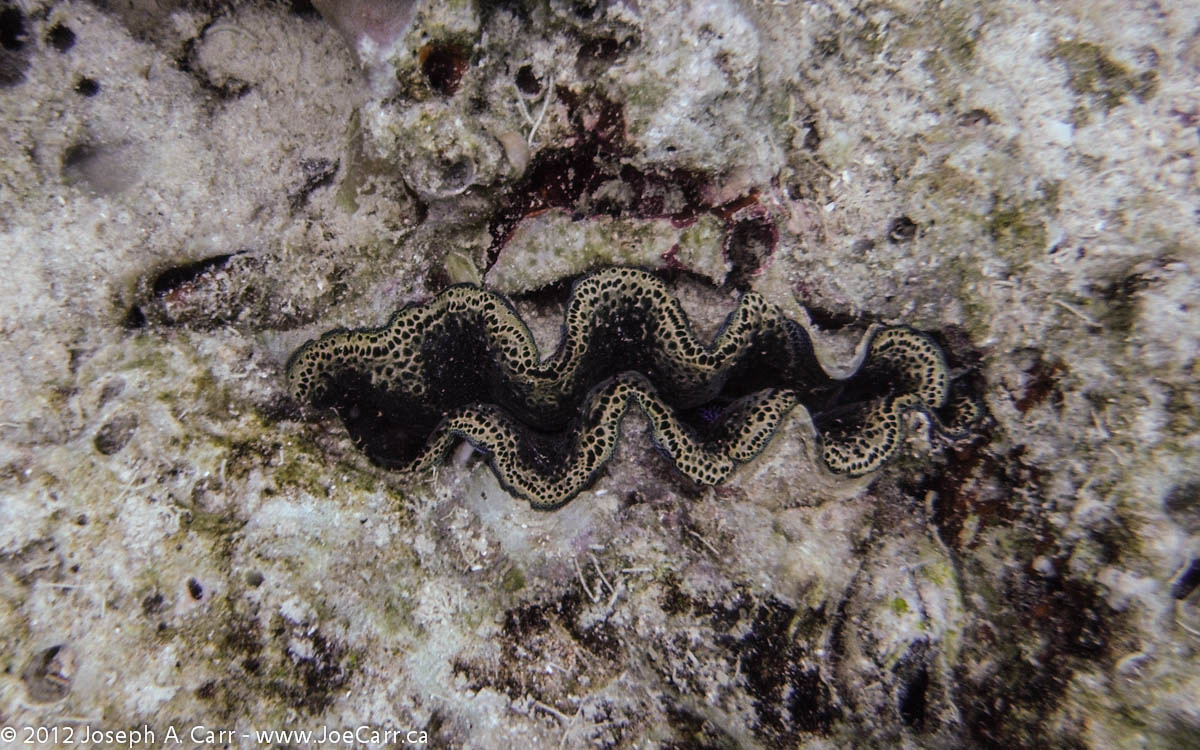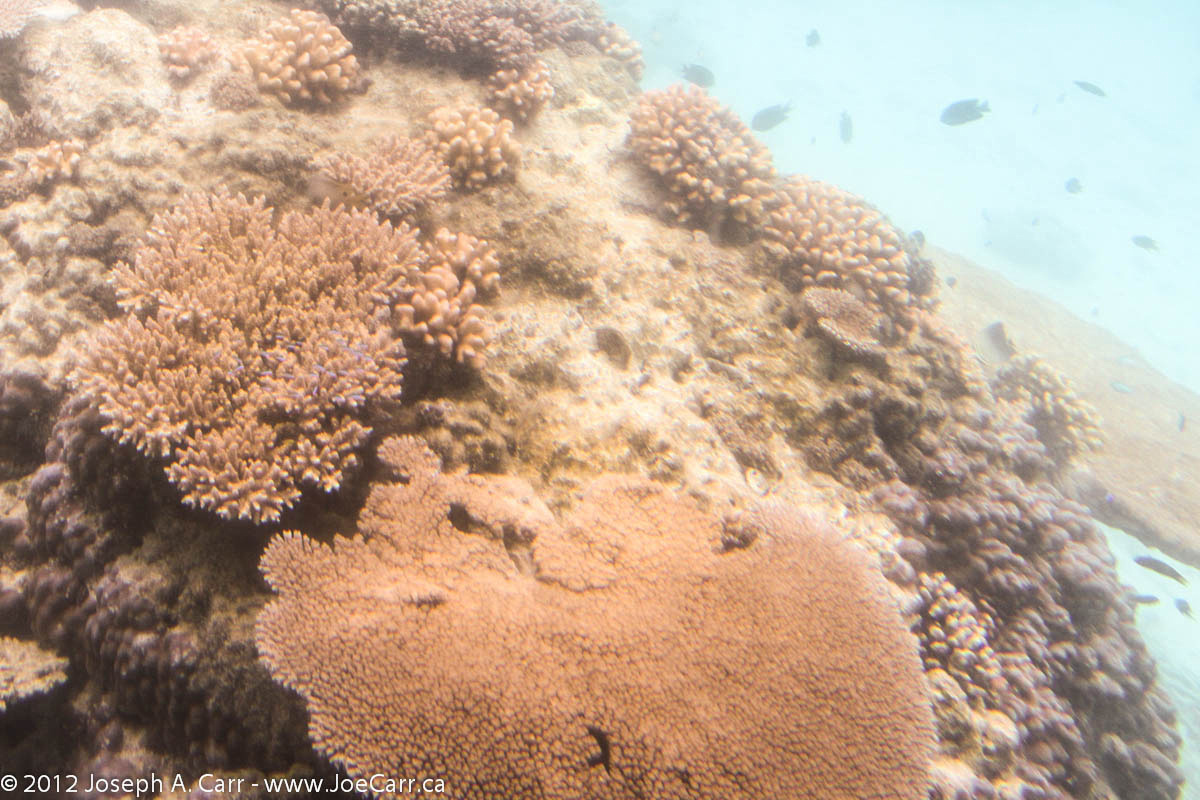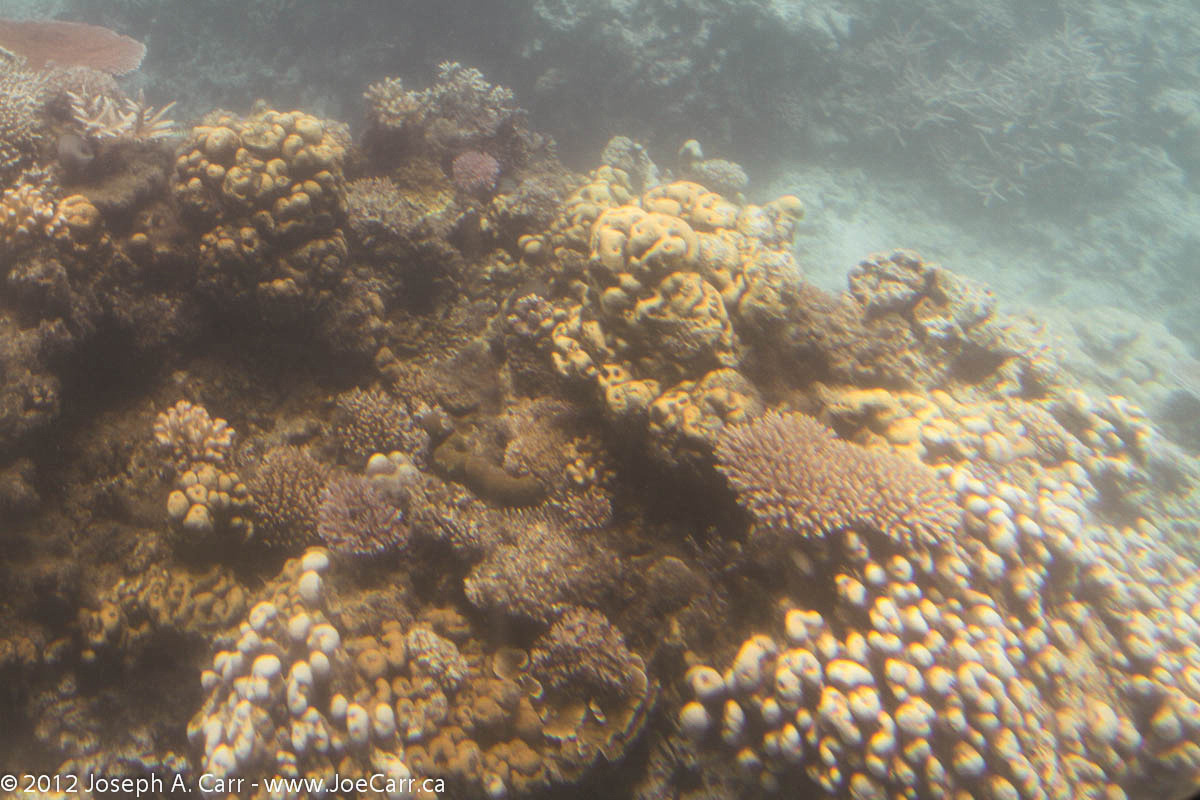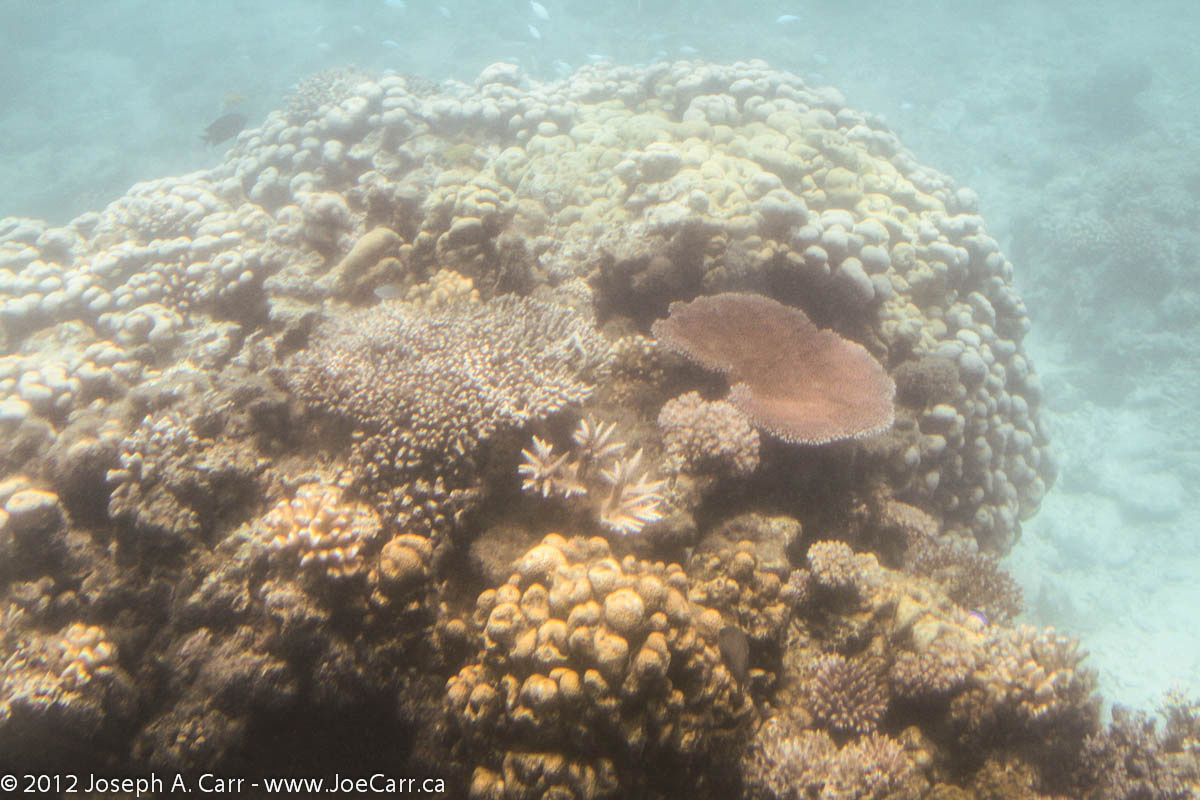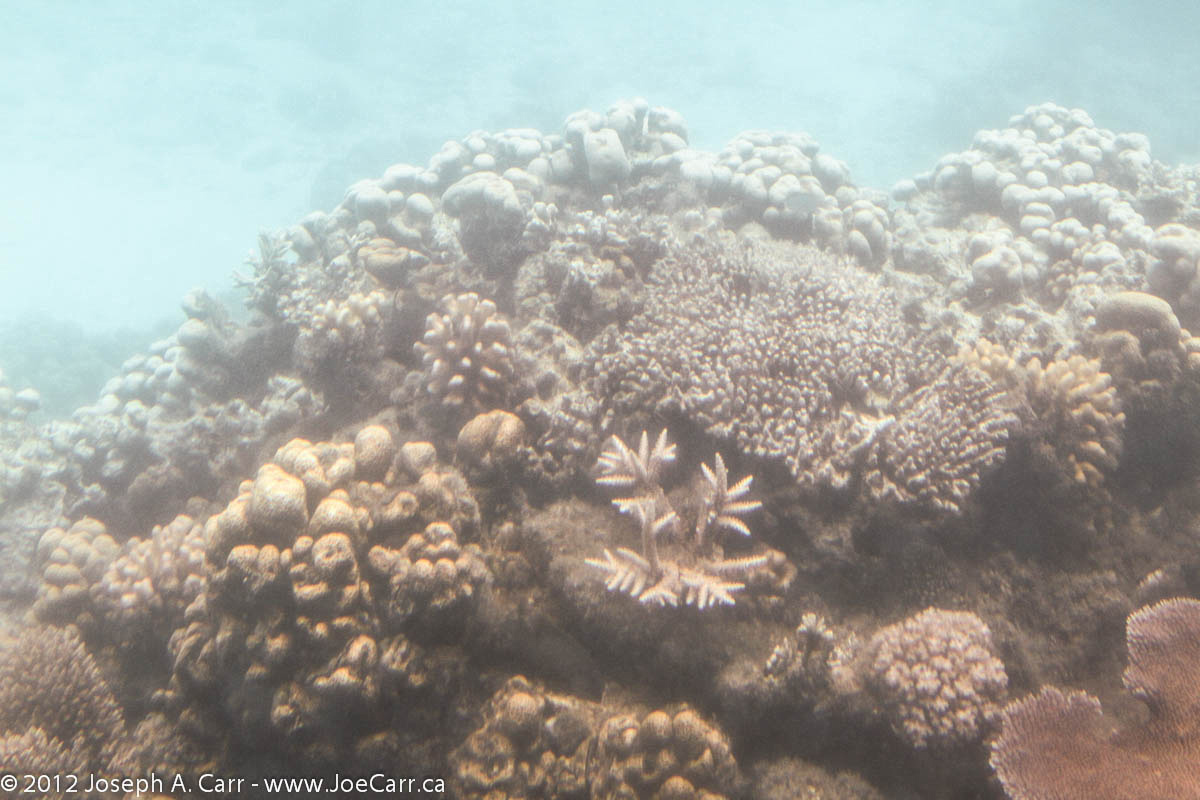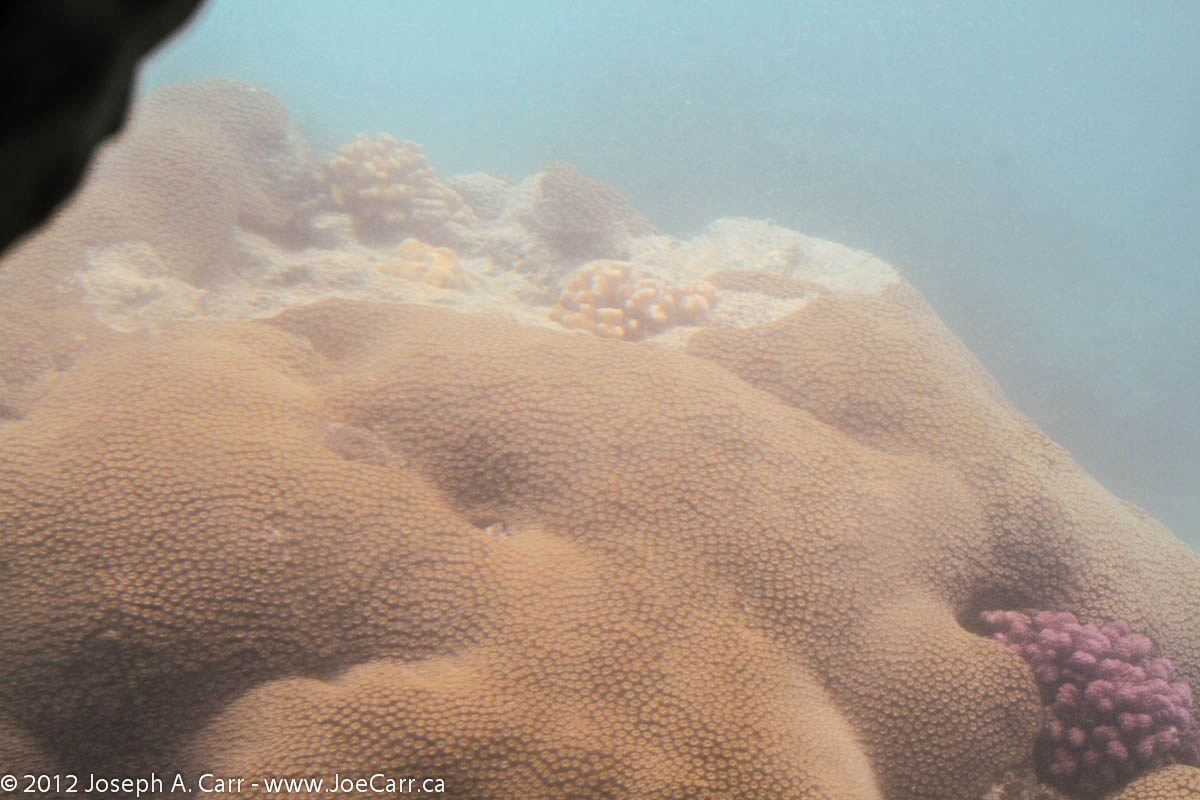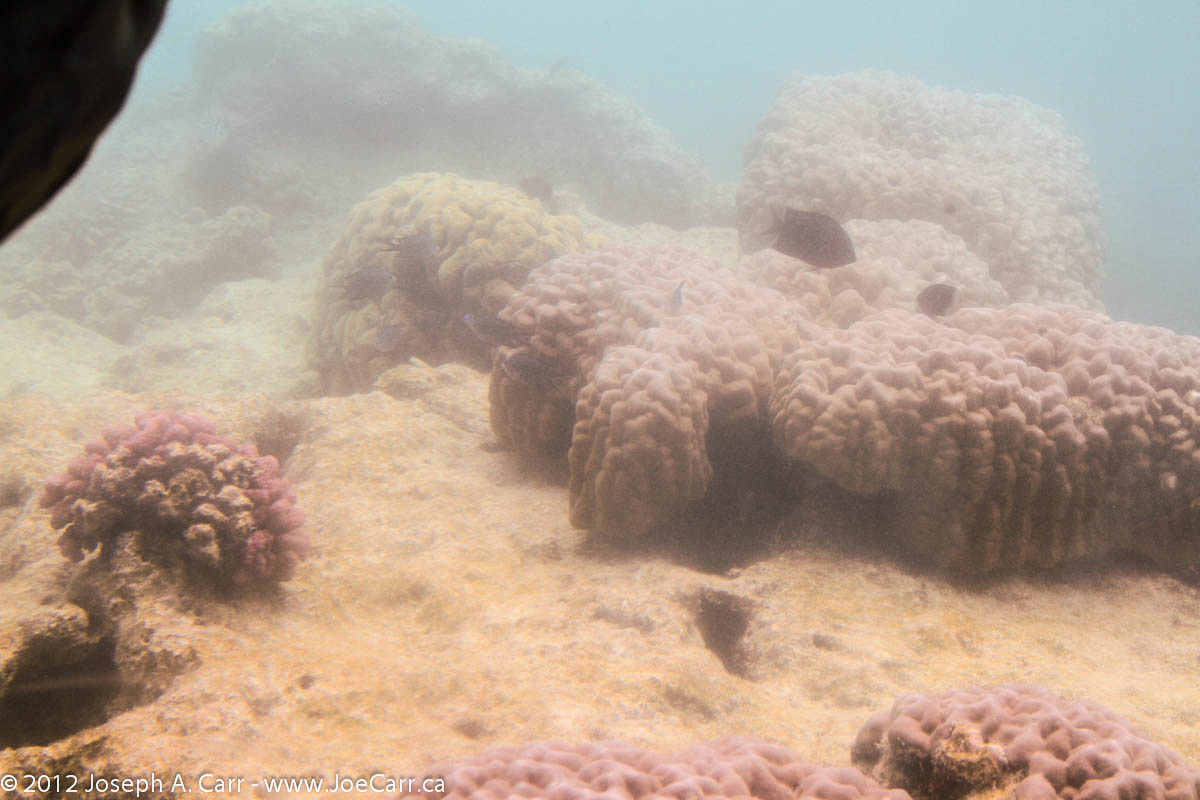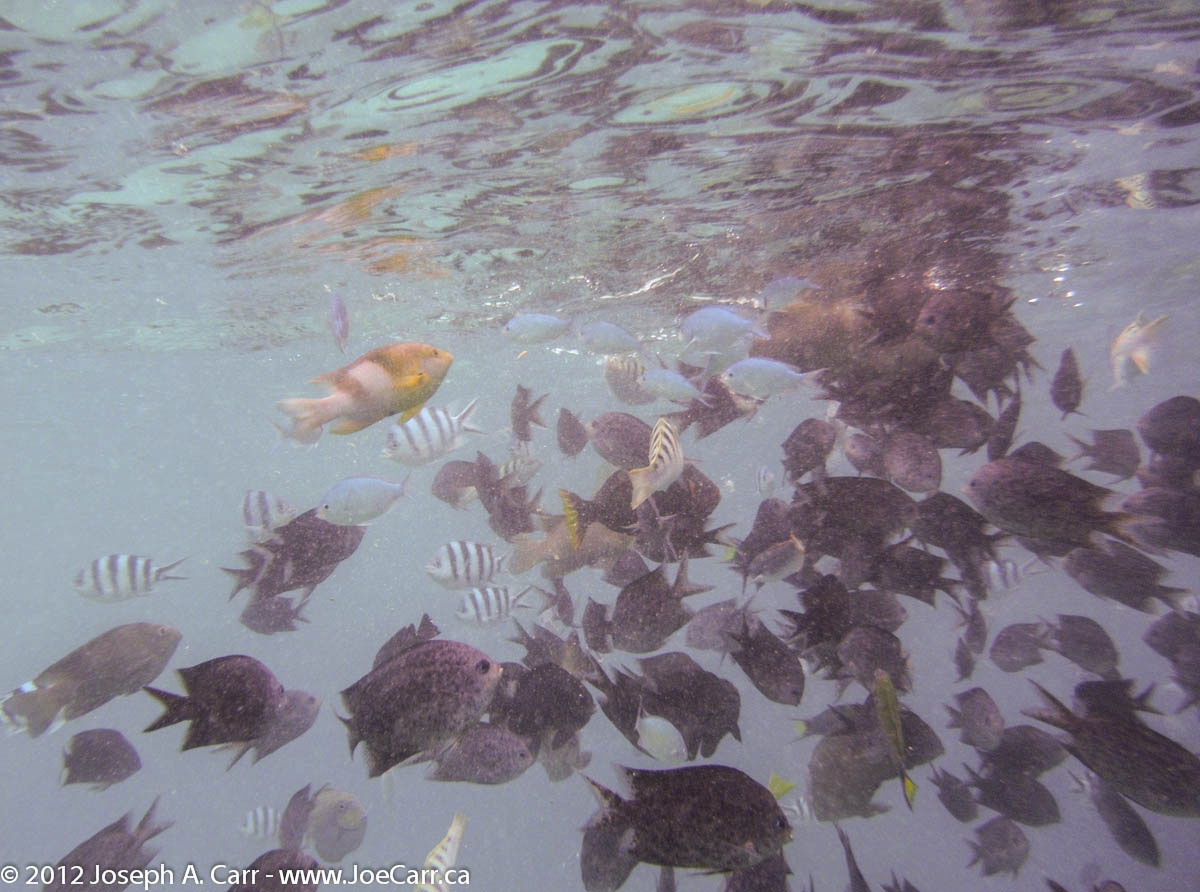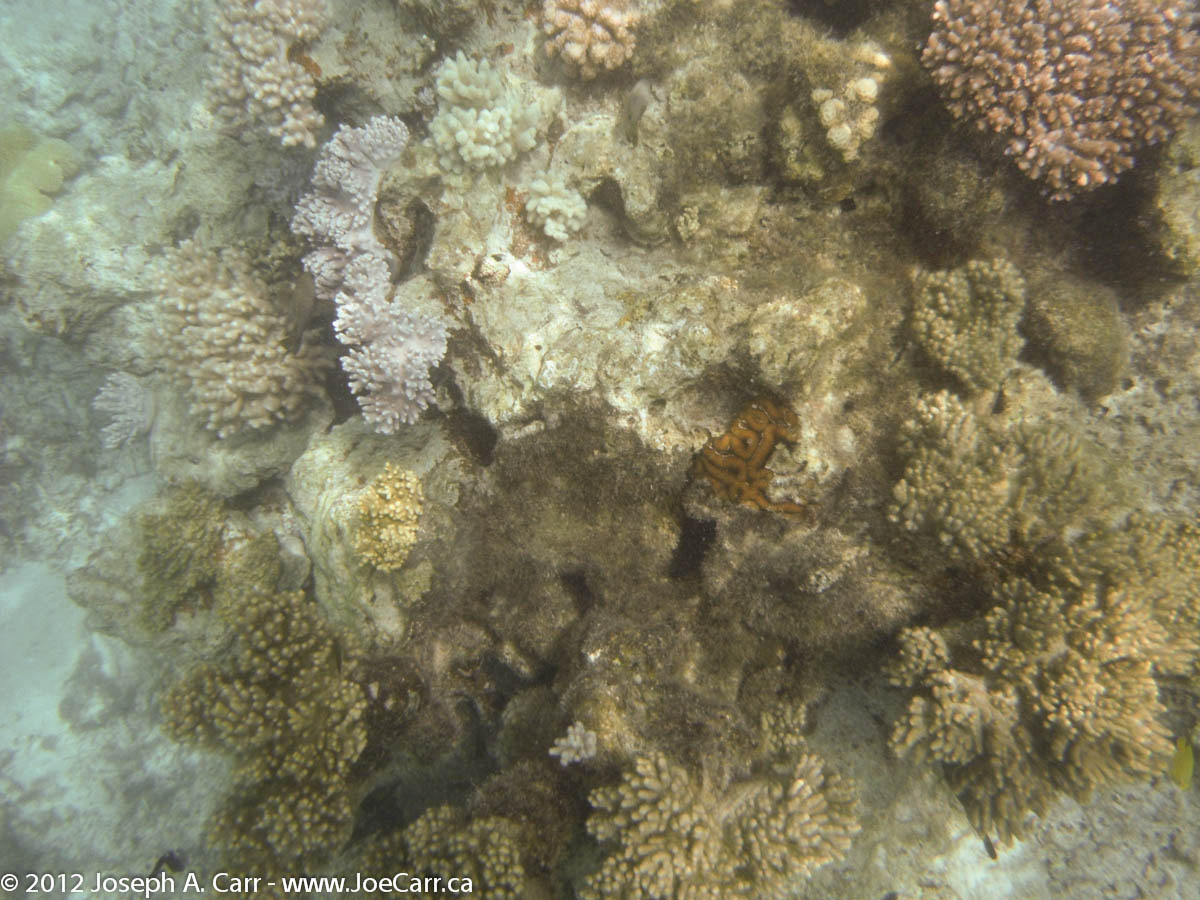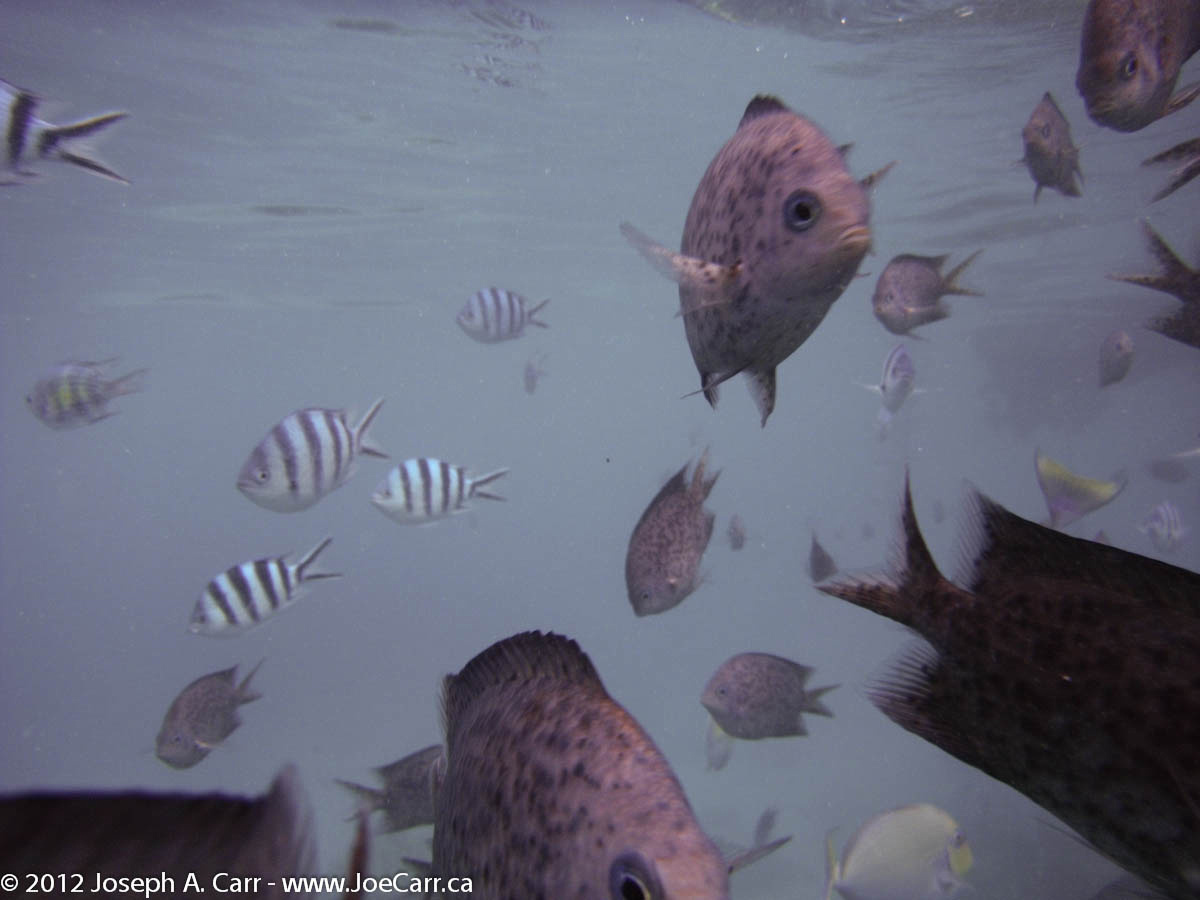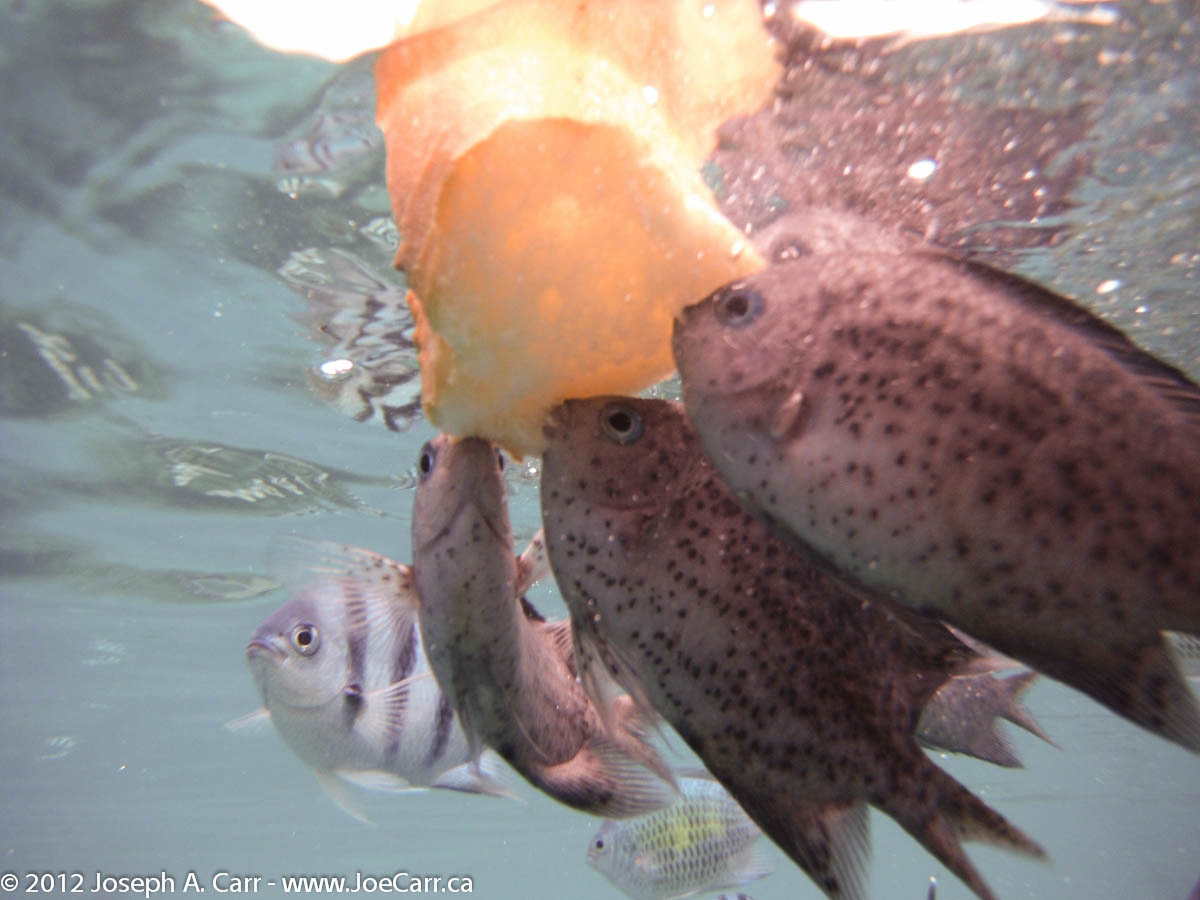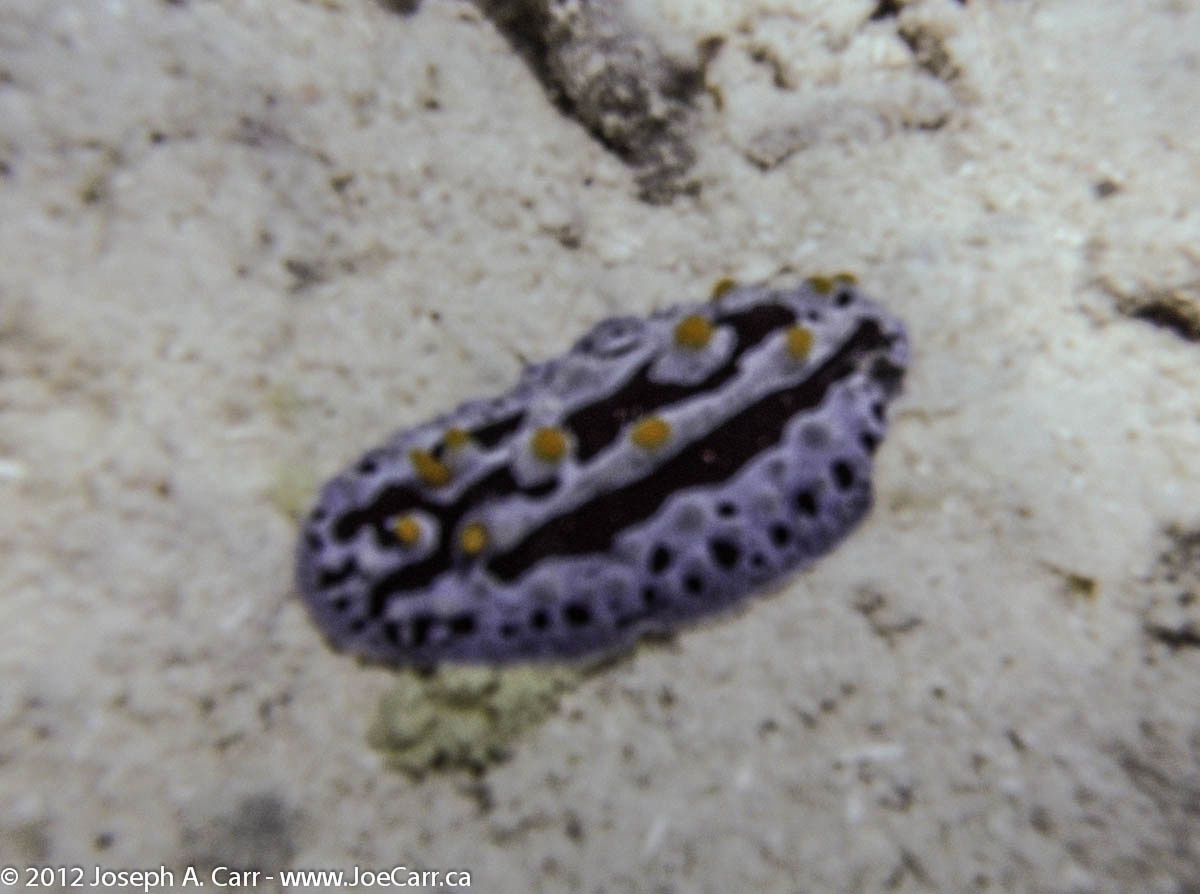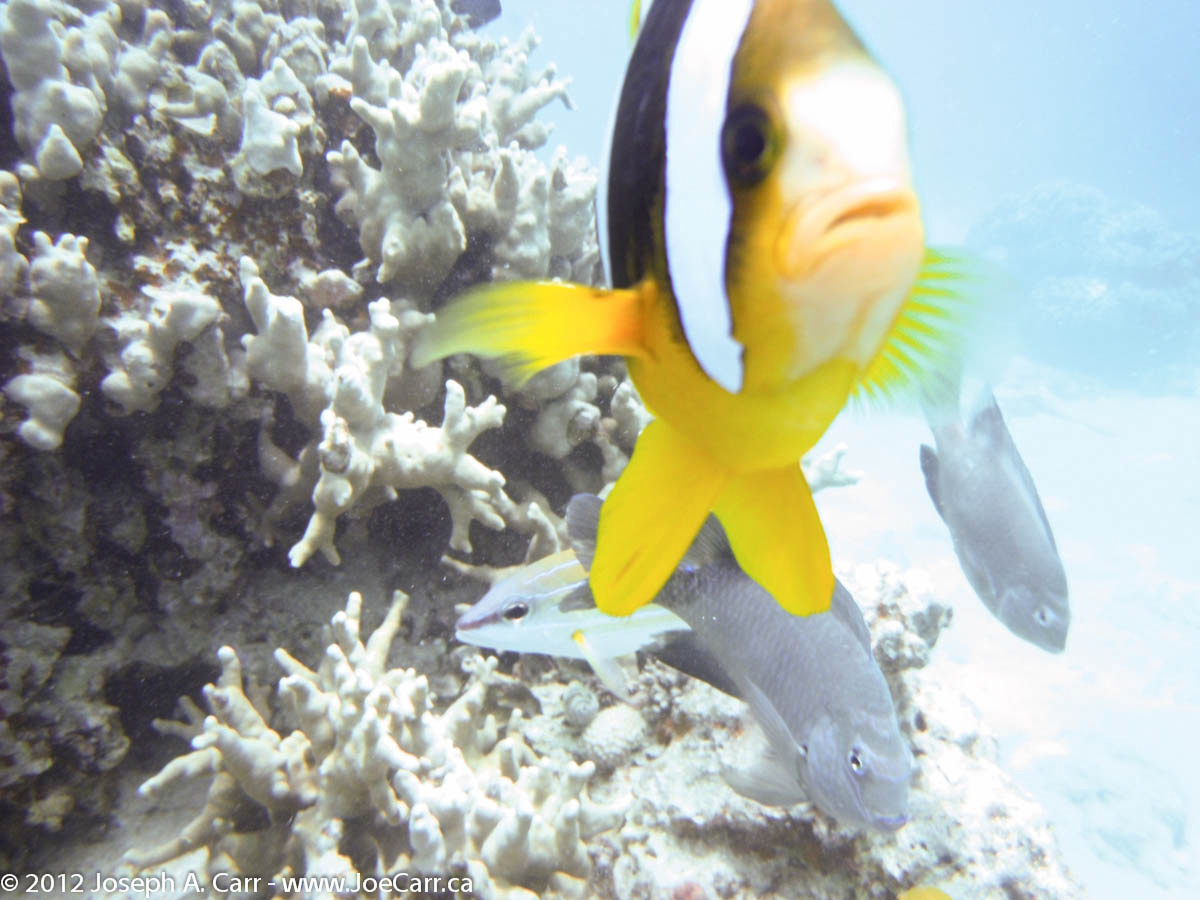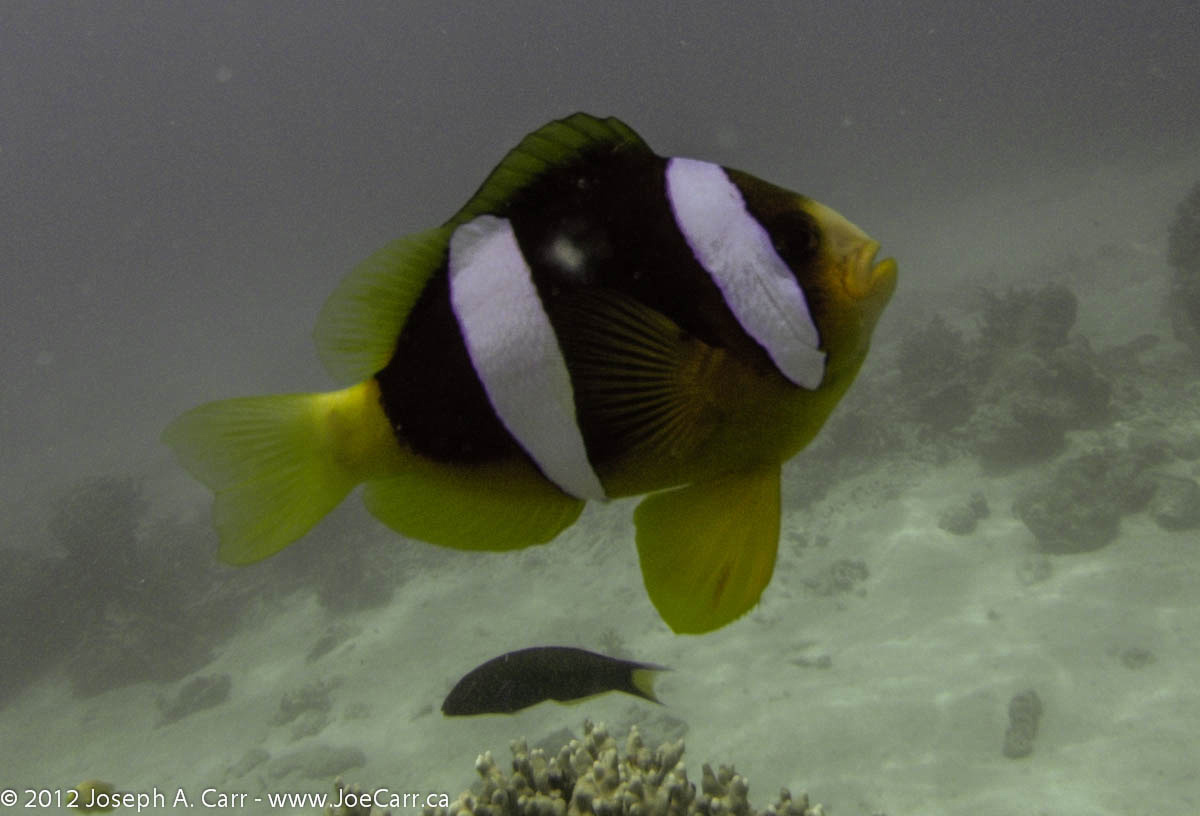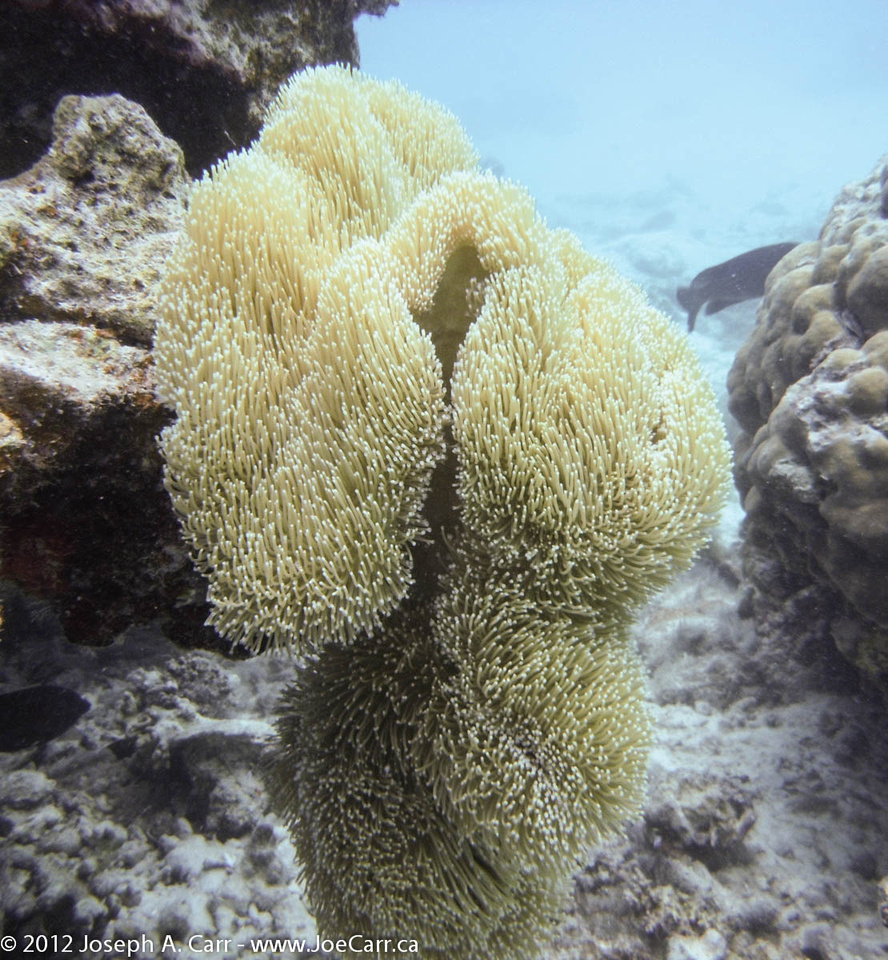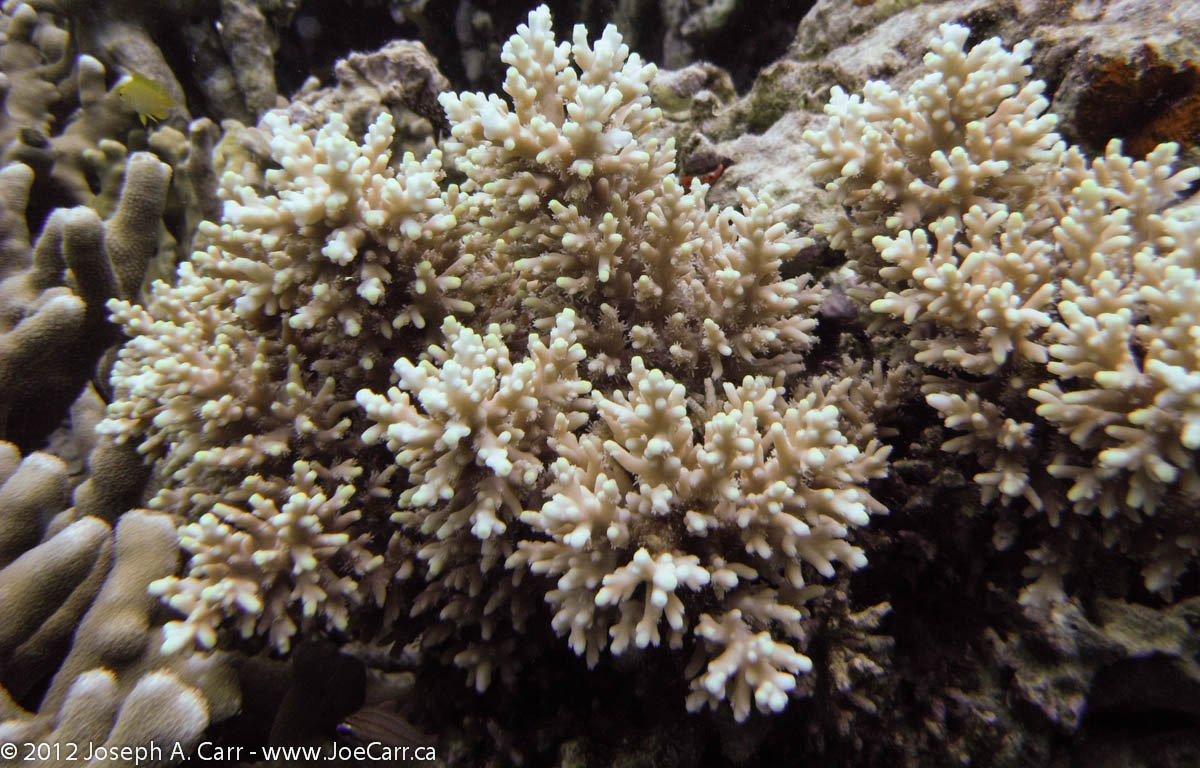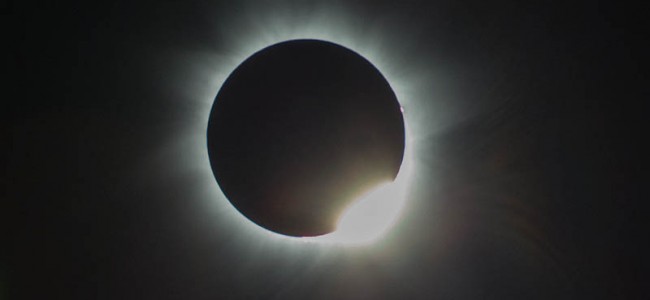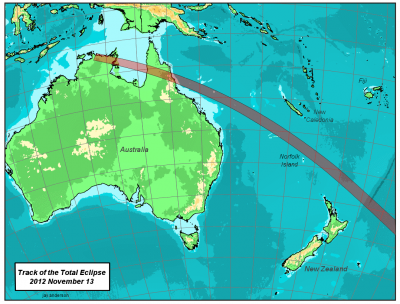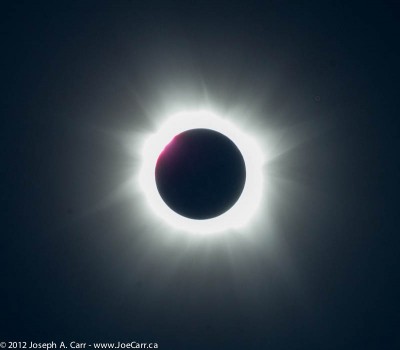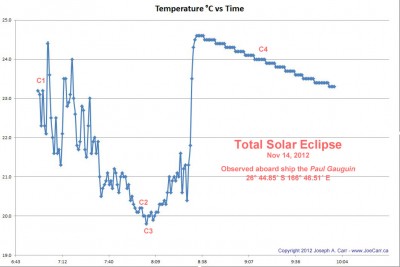2017 Southern Arizona & Astronomy
Feb 17, 2017 Friday – Sacramento to Los Angeles by bus and train
My day starts early at 5AM when I wake up in my Roomette and look outside at the dark. The dining car doesn’t open before our arrival in Sacramento, so no breakfast for those of us leaving the train here. I say goodbye to my cabin attendant and shlep my bags into the terminal. I check into the ticket booth, and they issue new Amtrak tickets for both of today’s bus-train-bus segments, this evening’s train to Tucson, and my return trip back to Seattle. I sit with Jim, one of my fellow passengers, who tells me by his calculations our train averaged 43 mph from Seattle to Sacramento.
The Amtrak bus leaves the station an hour after our arrival and takes about an hour to transfer us to the Stockton station. We wait an hour before boarding the San Joaquin commuter train to Bakersfield. The train leaves at 9:25AM and arrives in Bakersfield at 1:49PM. Along the way, we pass huge fields of almond trees in bloom, and even some orange bushes. The fields are either flooded or are so wet that there is no way they can be worked. The train slows because of high winds in the valley. I go to the snack bar on board and have a hot panini for lunch.
We then take another Amtrak bus from Bakersfield to Union Station in Los Angeles. This proves to be a real endurance contest, since it is raining so hard. The US Weather Service is sending out warnings to stay away from the areas we are driving through! This was supposed to be a 2 hour and 20 minute trip according to the ticket, but ends up taking over four hours. I find it to be very stressful, not only because of the extremely hazardous driving conditions (see banner image above), but because we are stopped at least twice from entering LA because of mud slides, washouts, or MVAs causing roads to be closed. Apparently, the major interstate freeway I-5 was closed in both directions today!
After we arrive at Union Station, I find the Metropolitan Lounge; sit down to relax and have a coffee and snacks. I need some time to unwind a bit, and to recover from the stress of the last segment of our journey today. I leave my big bag in the lounge and have a nice dinner at the Traxx restaurant in the station with a new friend I met on the train.
I then return to the lounge, retrieve my bags, and a red cap takes me to the train. I quickly get settled into my Roomette, and then I have a shower before we depart the station, since it’s so much easier than when the train is rocking and rolling. Our cabin attendant tells me this train has no Wi-fi aboard, and the route the train takes means the cellular coverage cuts out as soon as the train clears the LA area.
10:00PM – The train leaves the station on time and slowly proceeds eastward through Los Angeles, but by 11:00PM it comes to a complete stop for about 15 minutes before proceeding slowly again. I have a feeling the operating staff are watching out for debris on the tracks, since this rainstorm has washed out many roads, and gullies are full of mud and rocks. No doubt they are being extra careful to avoid derailment – it is still raining, but just not as hard as this afternoon. The train starts and stops several times before I finally go to bed around 11:30PM.
